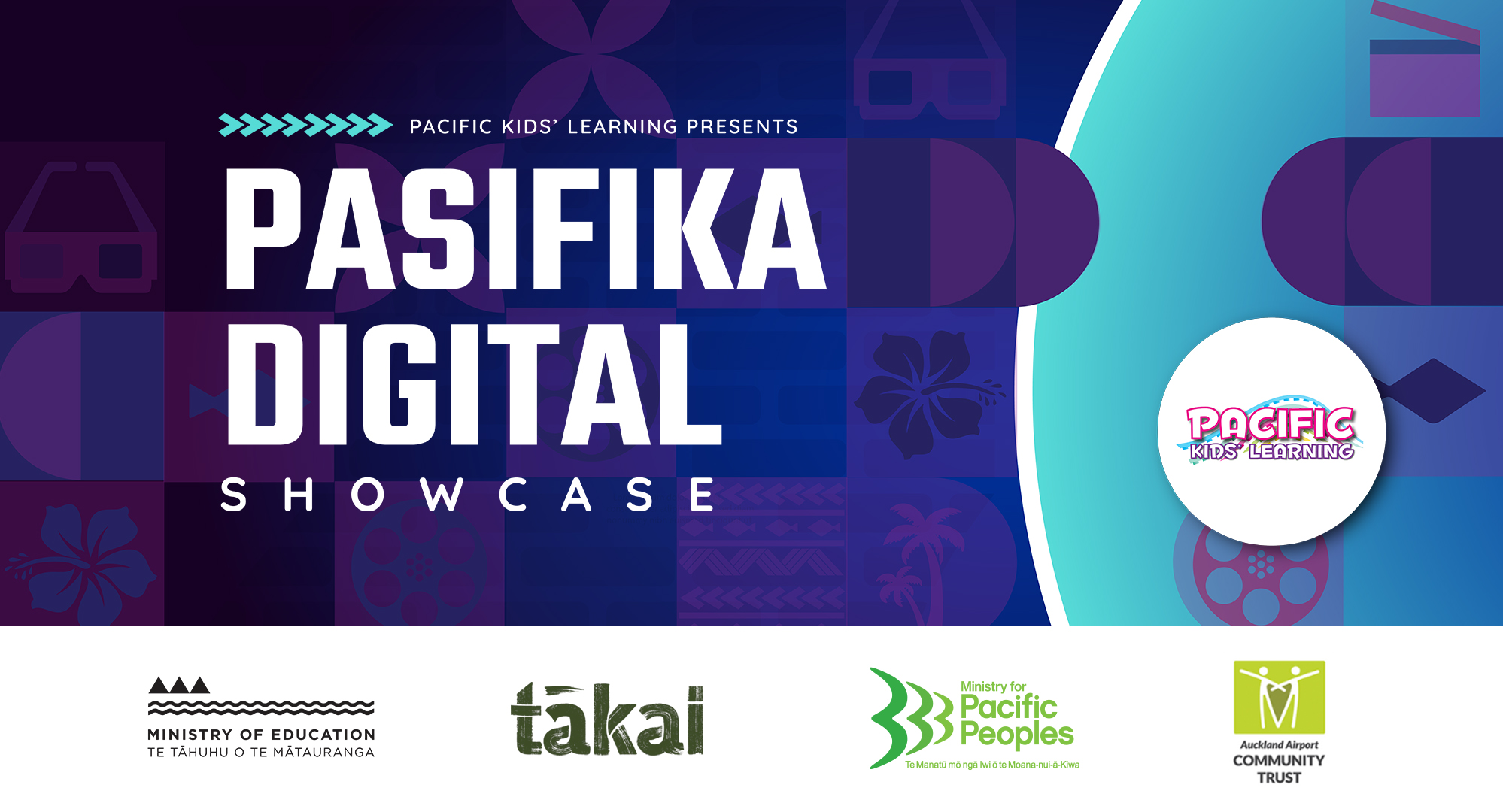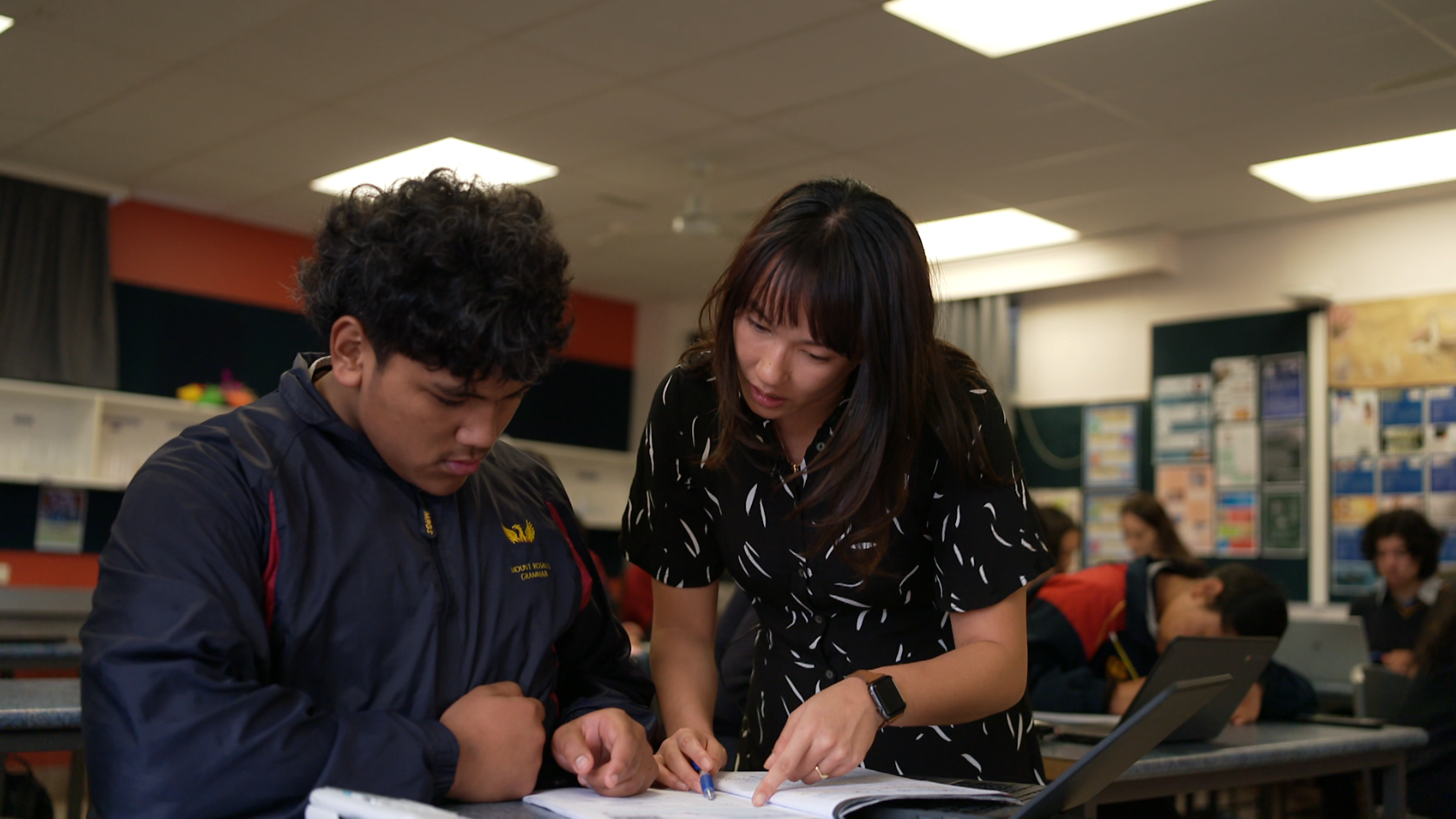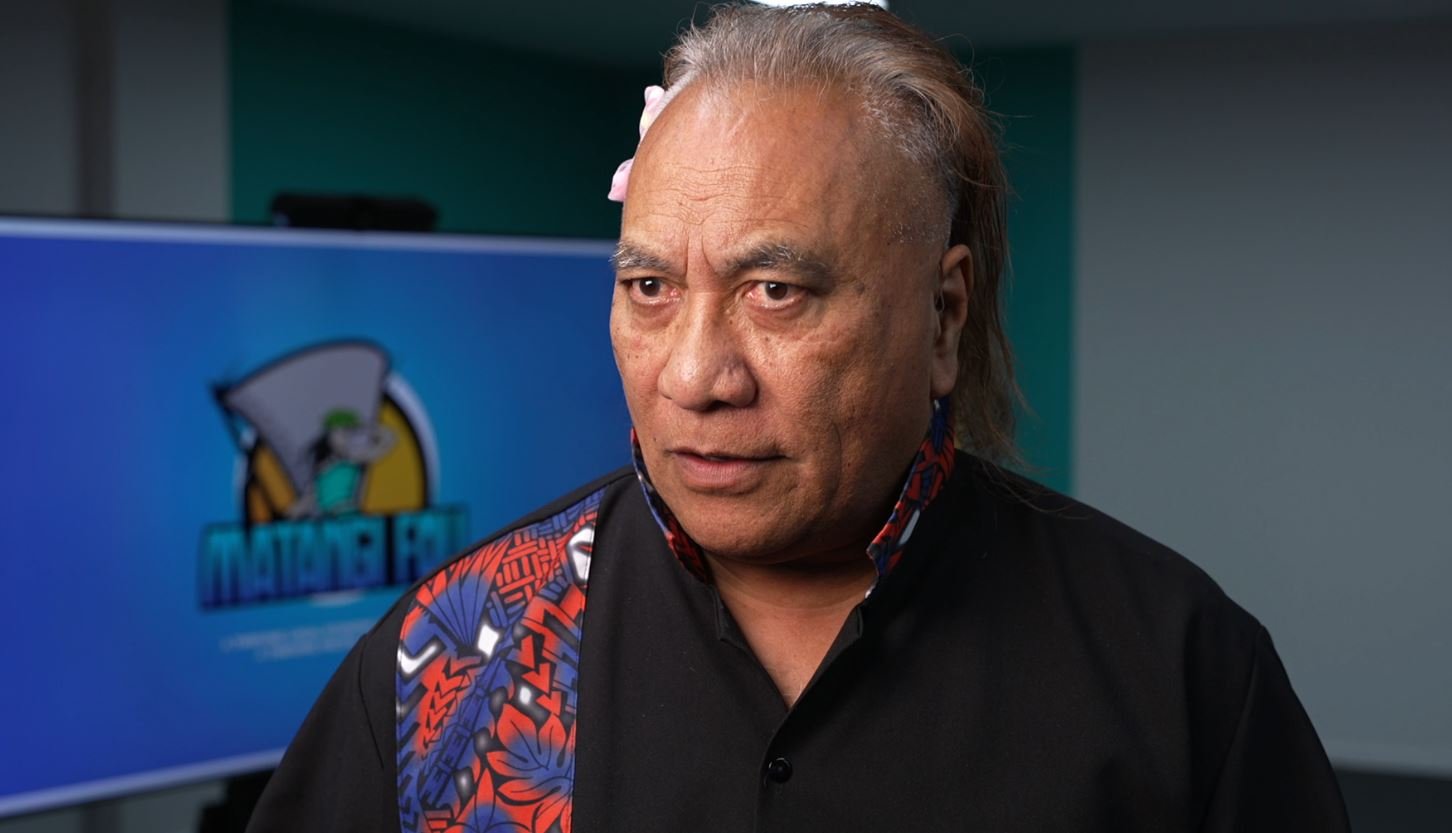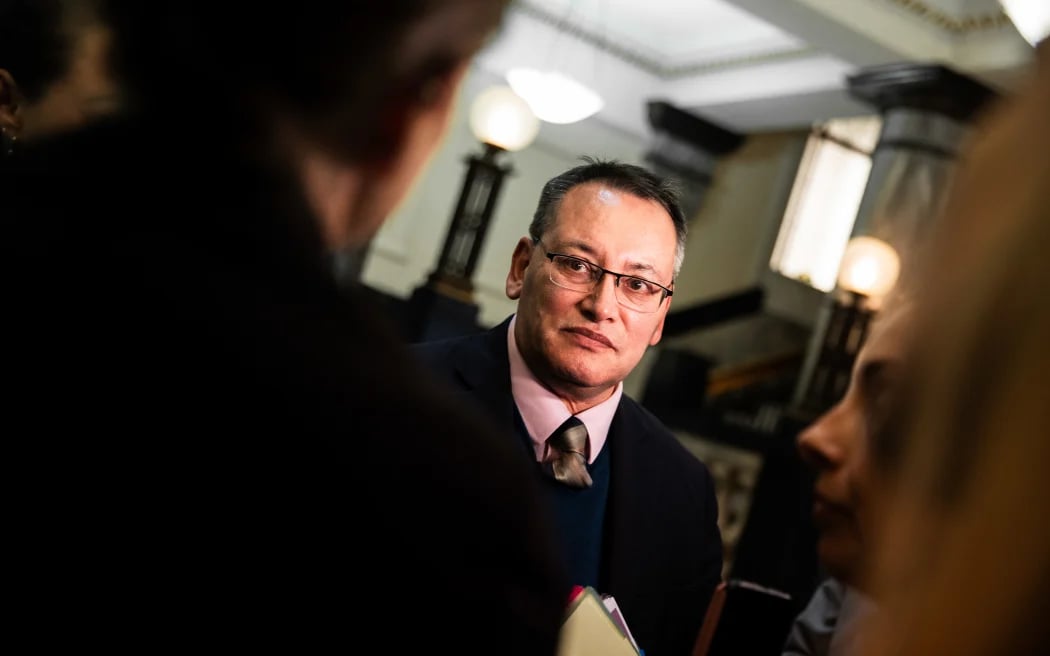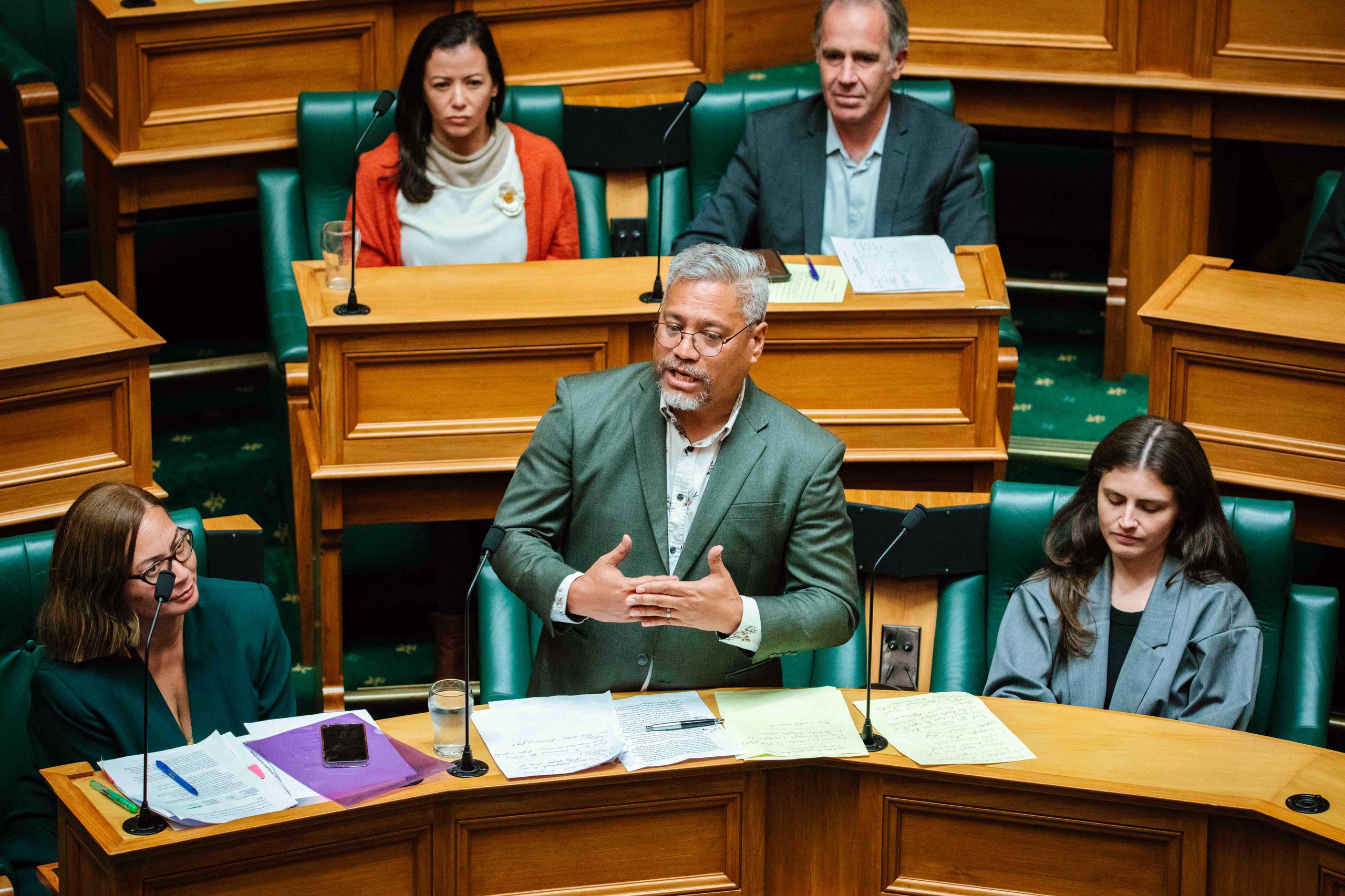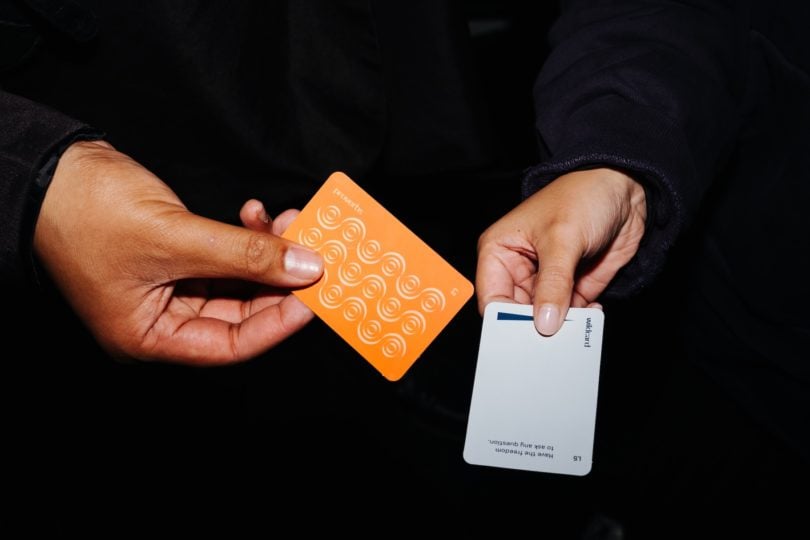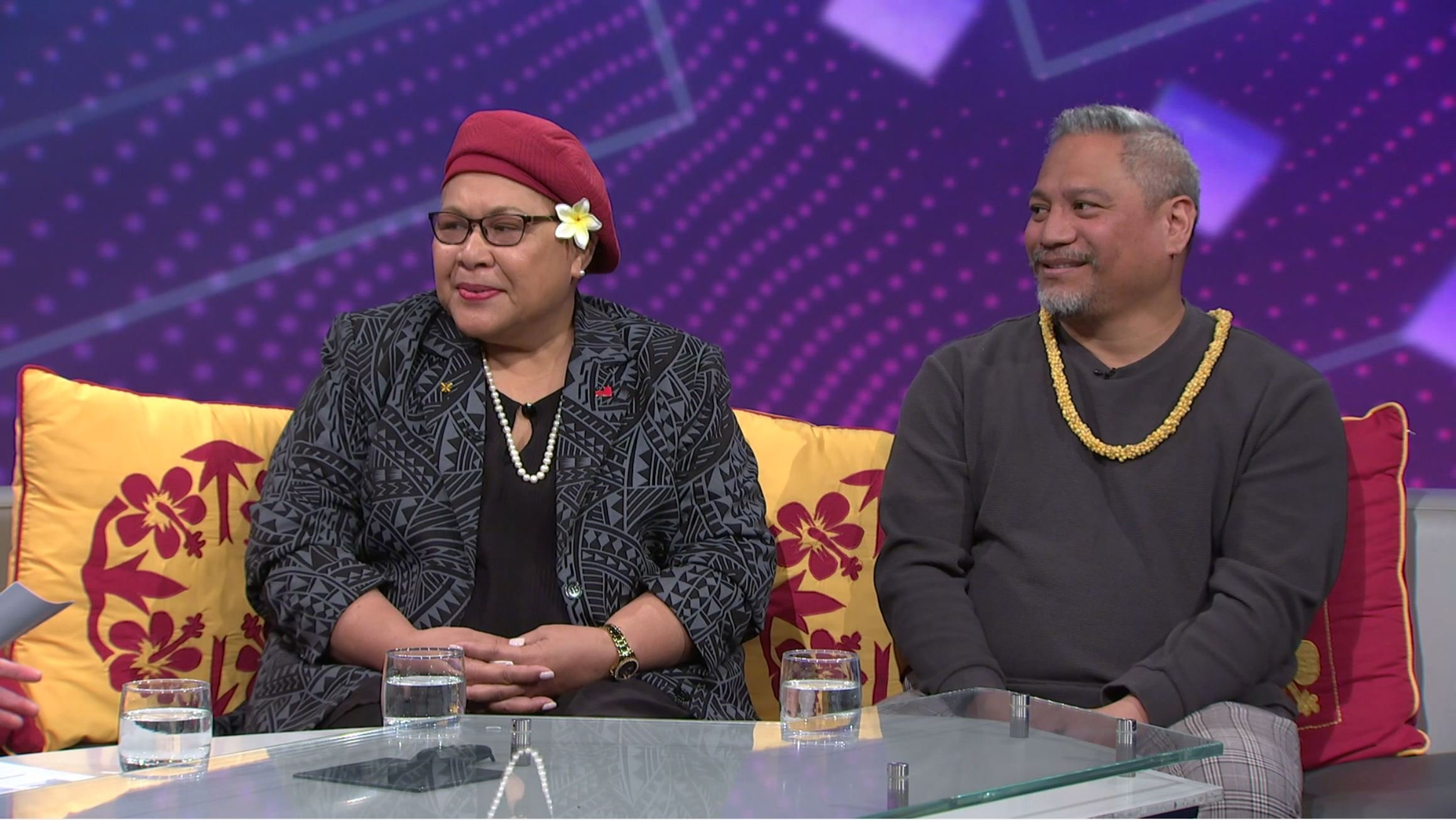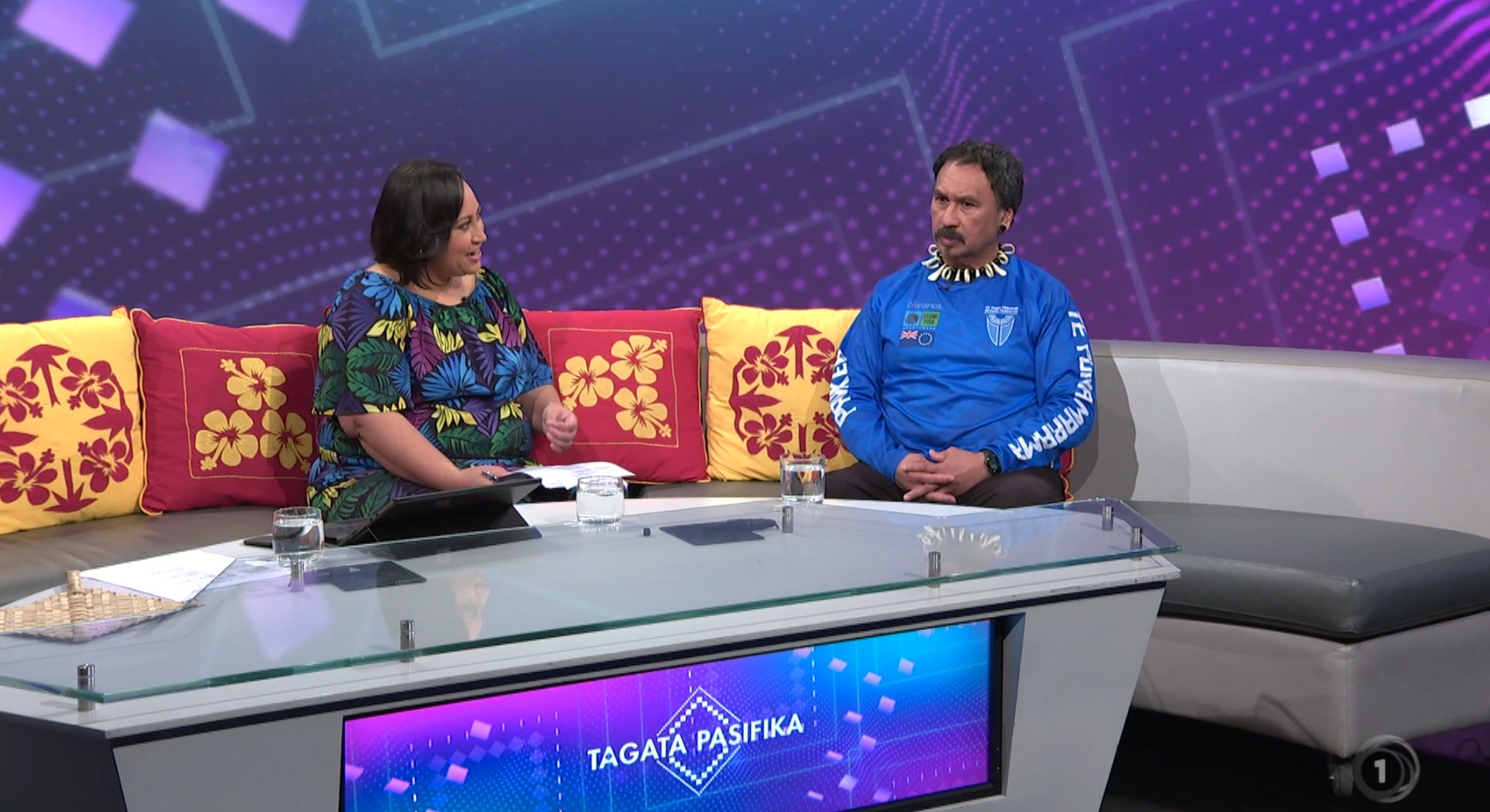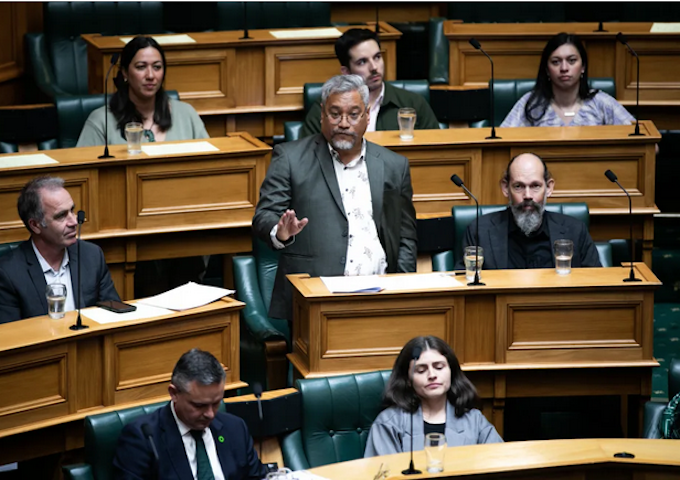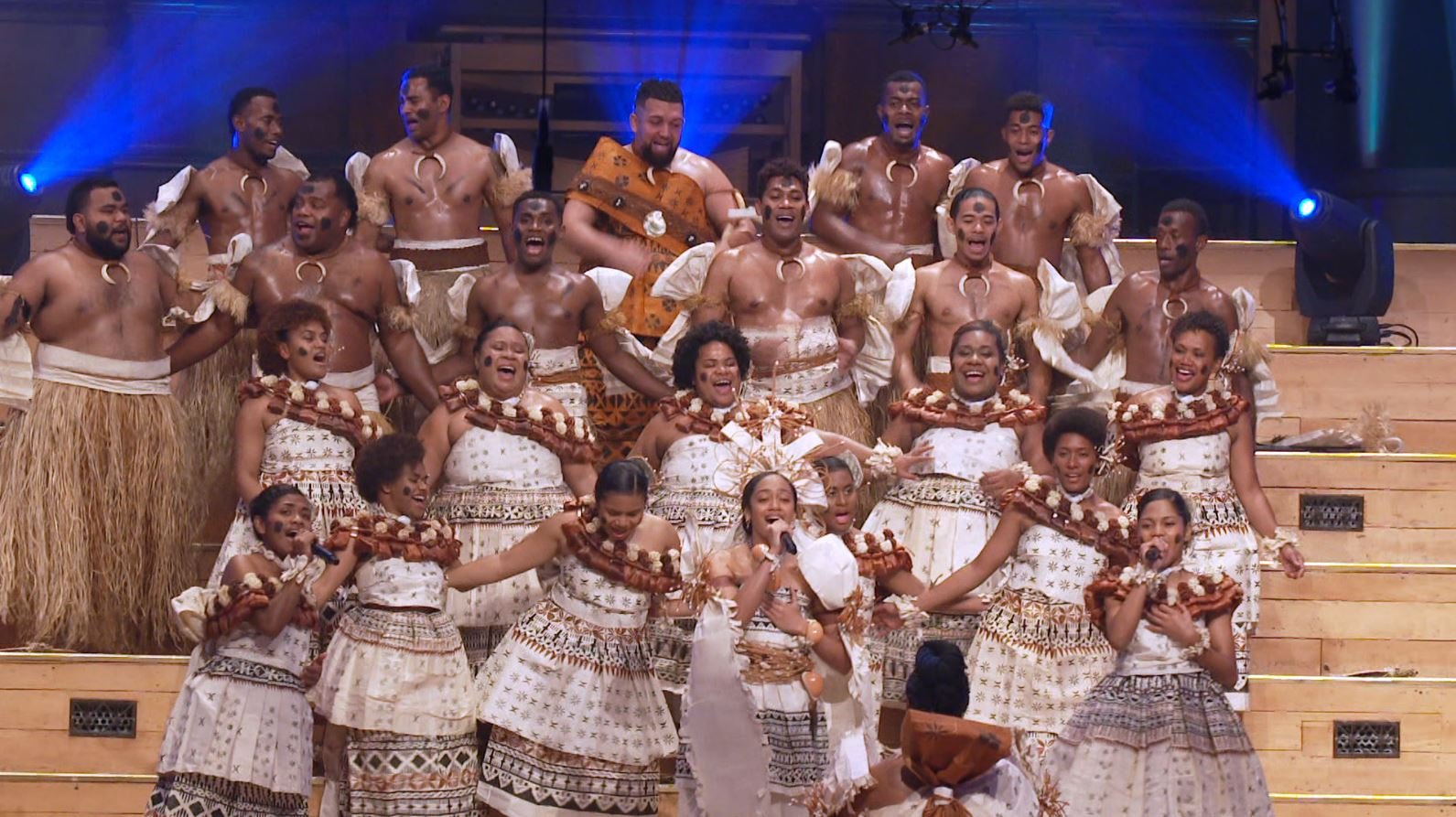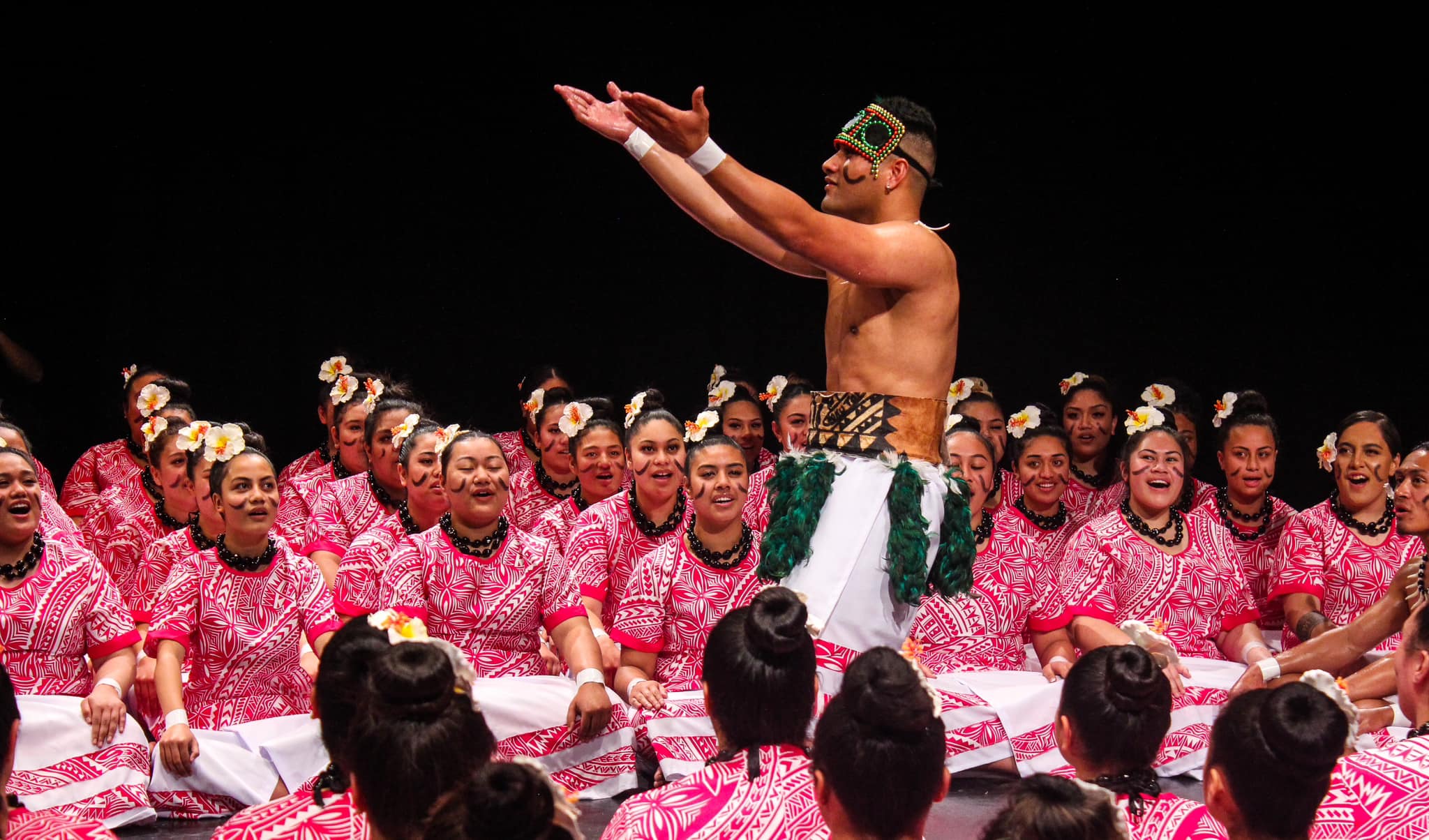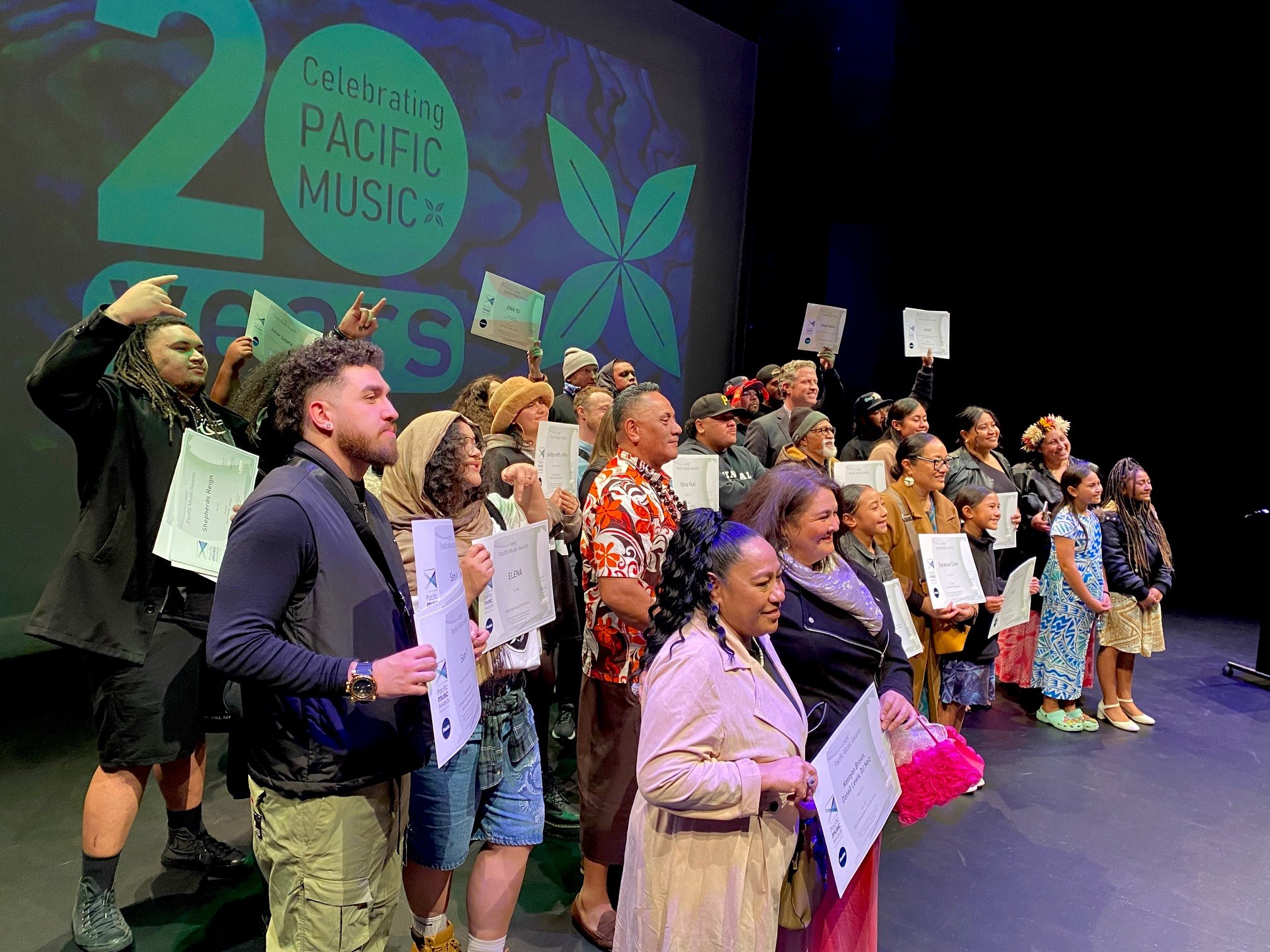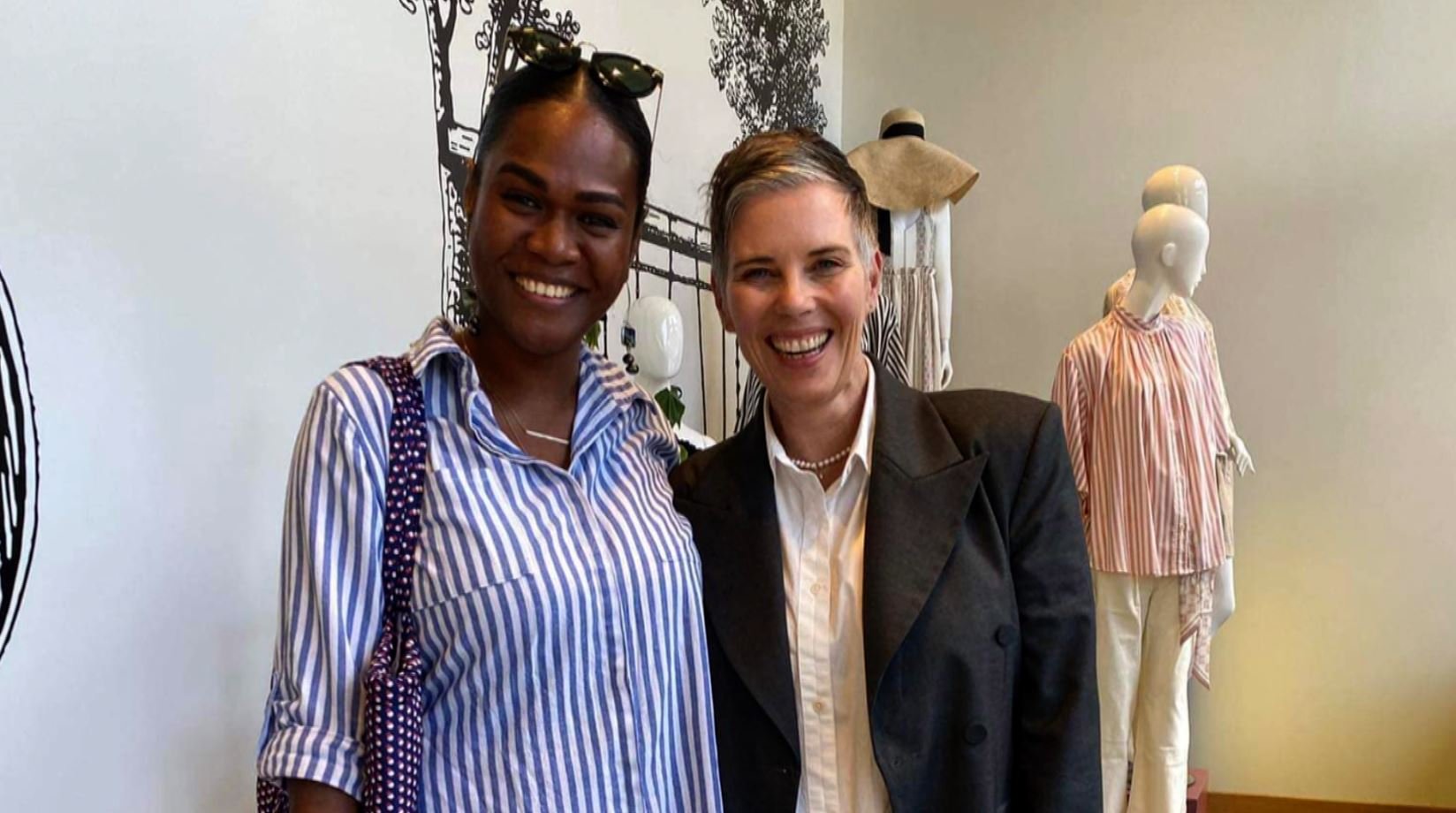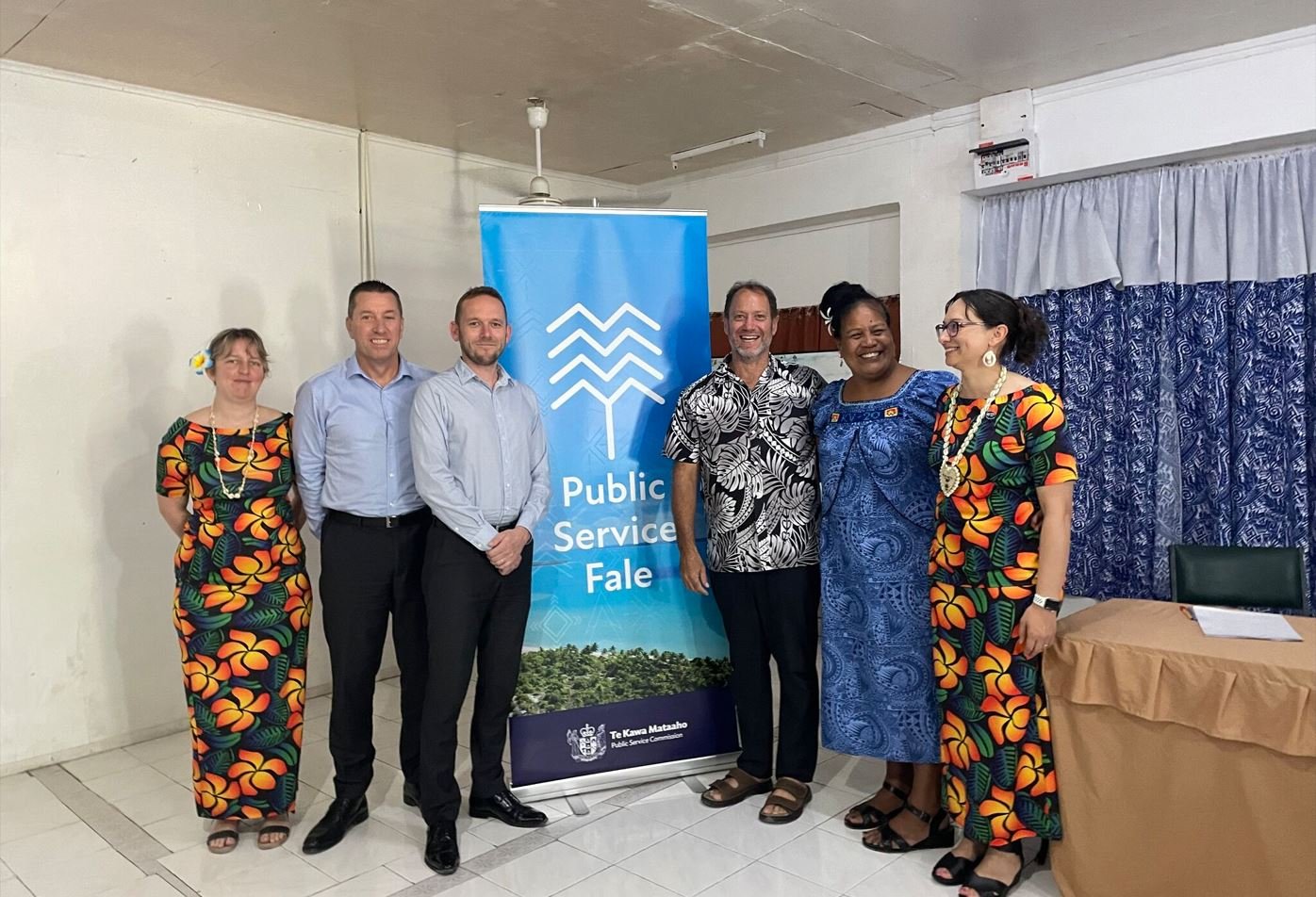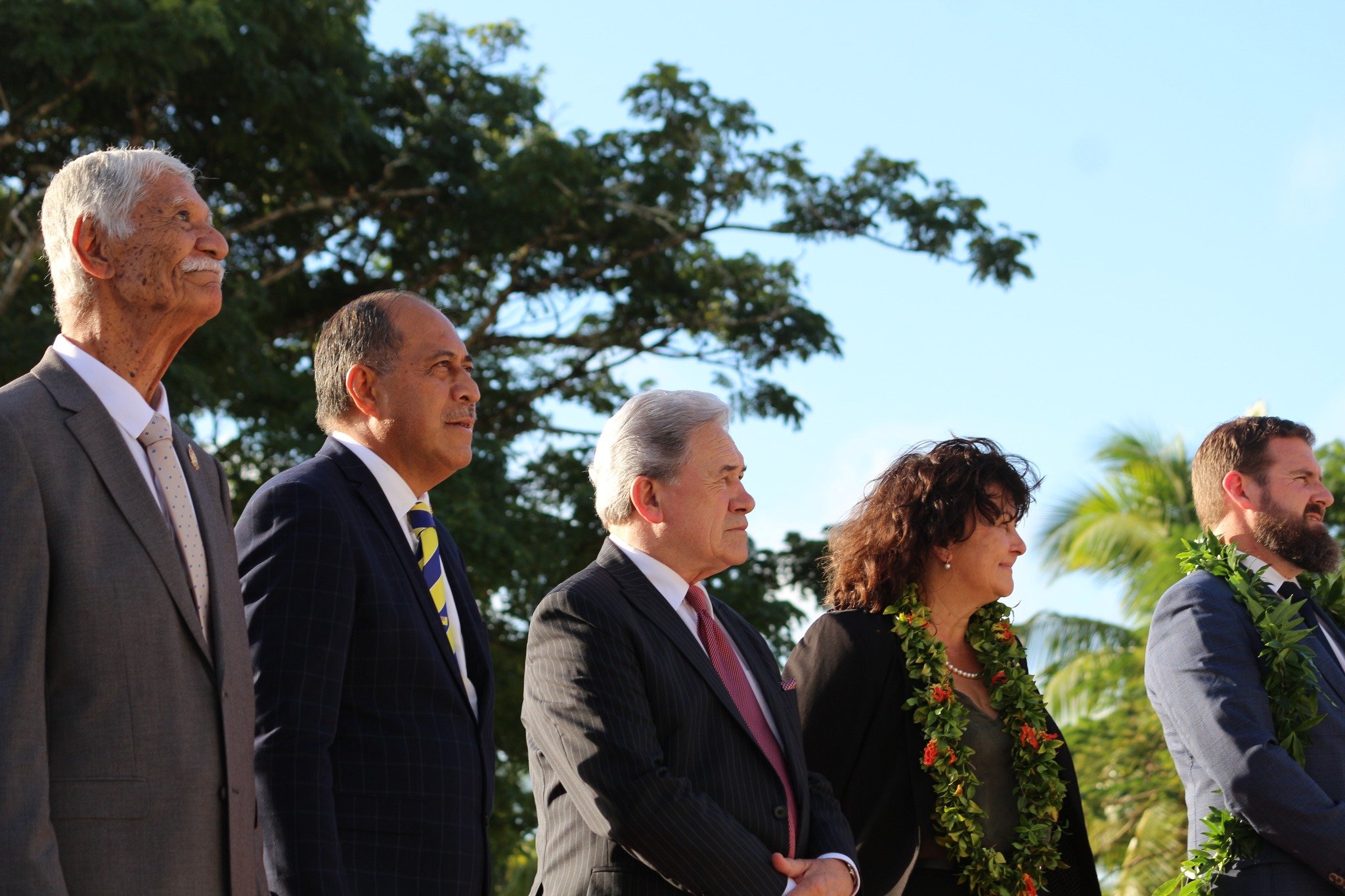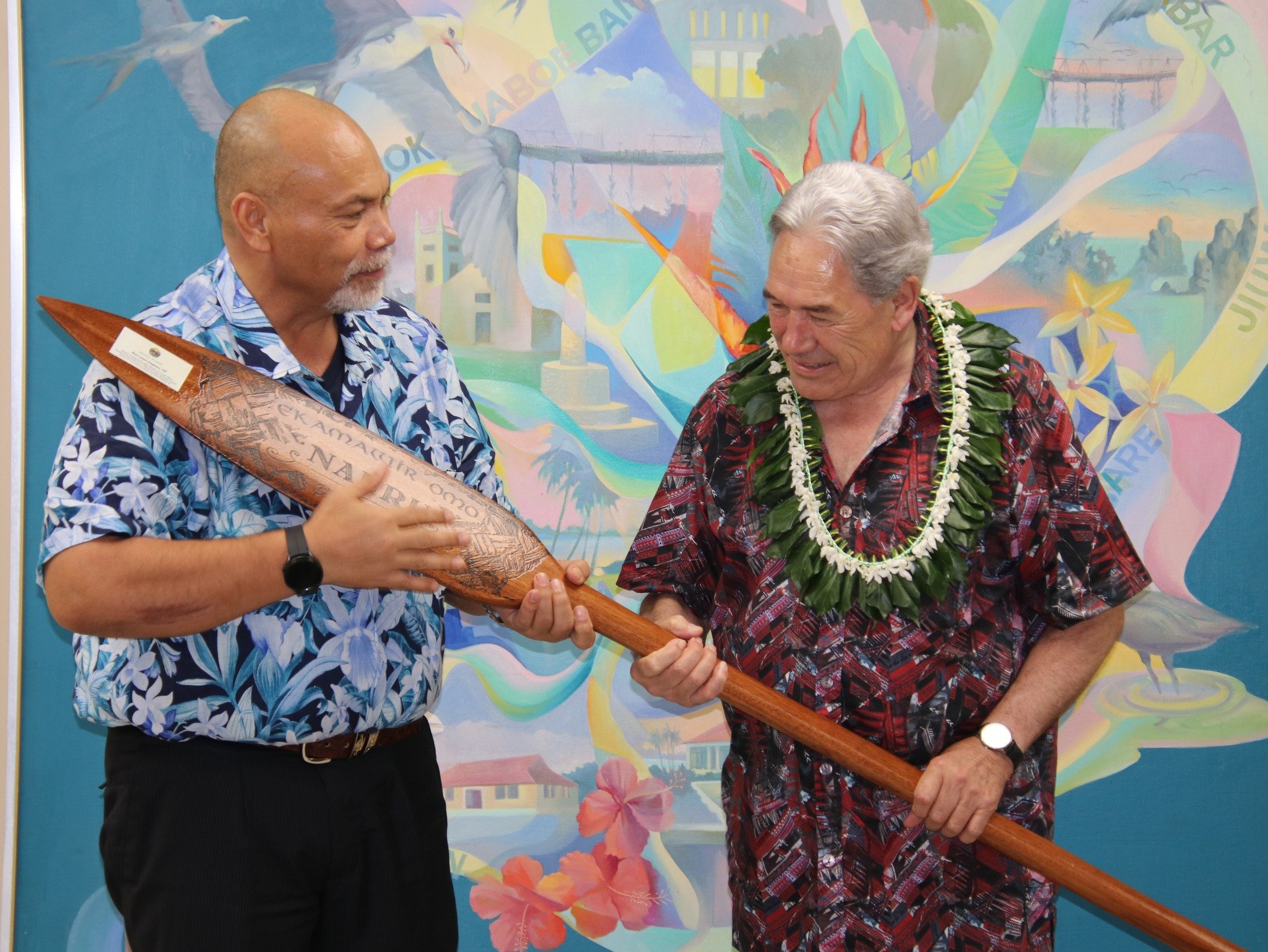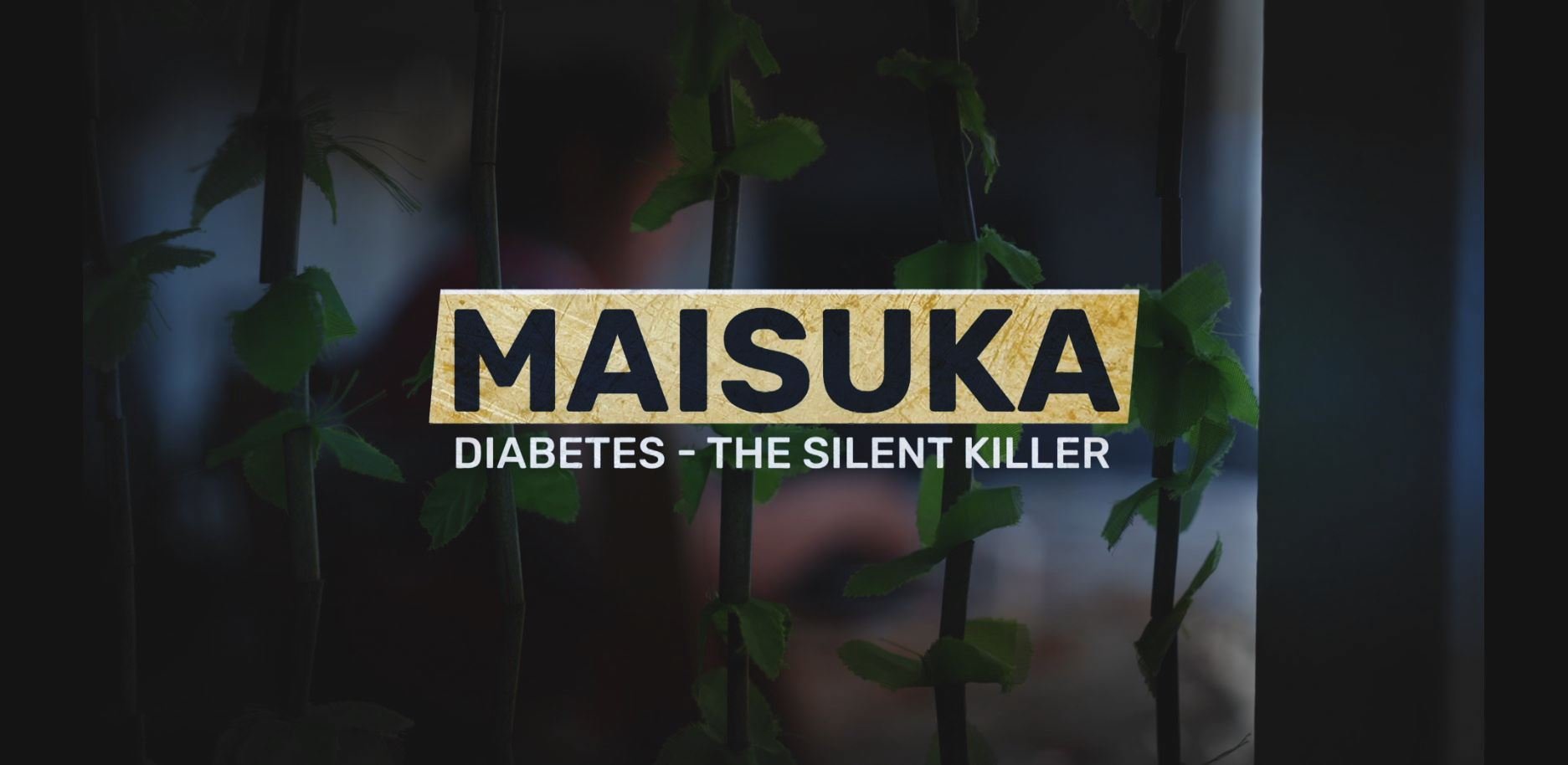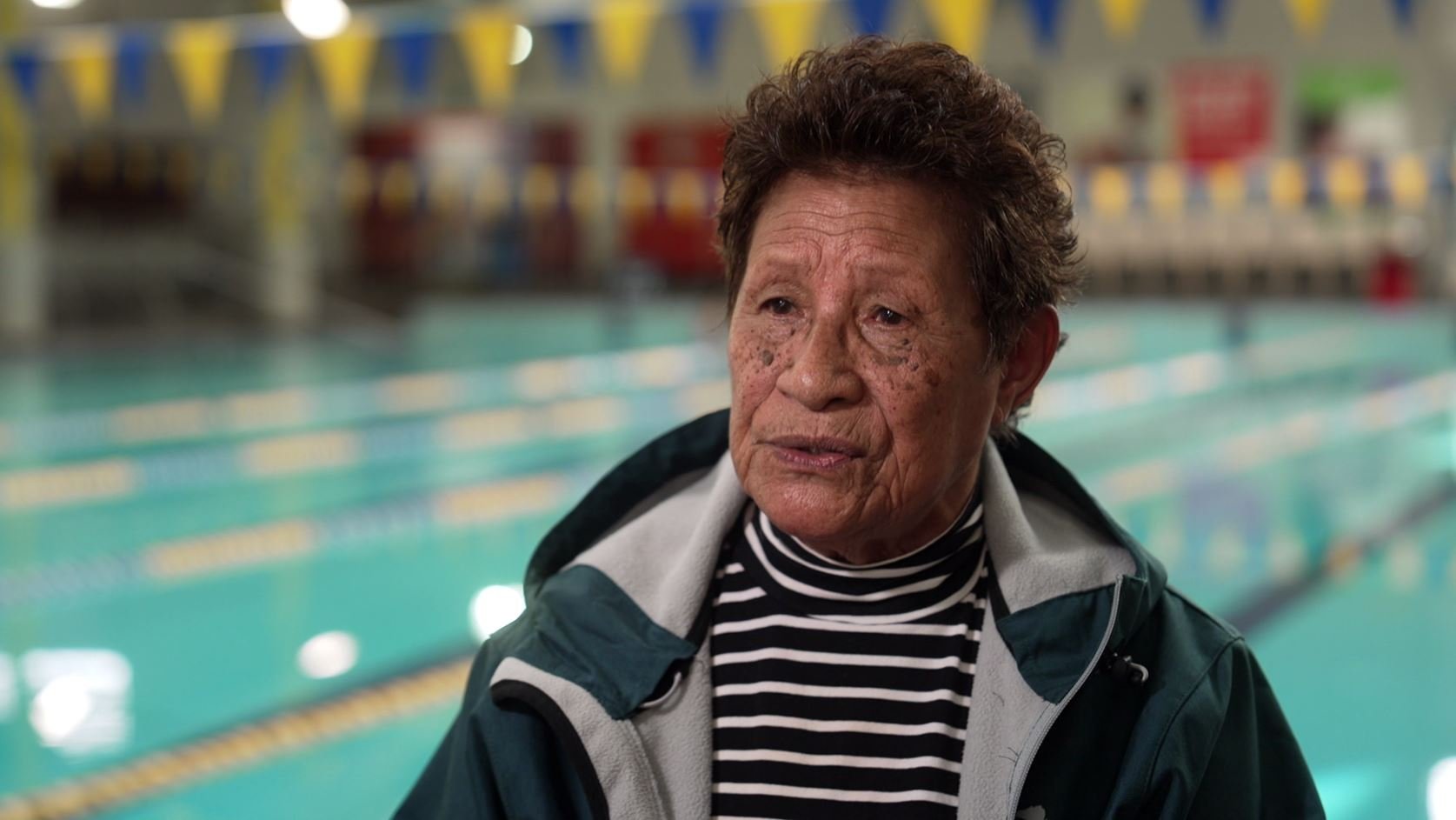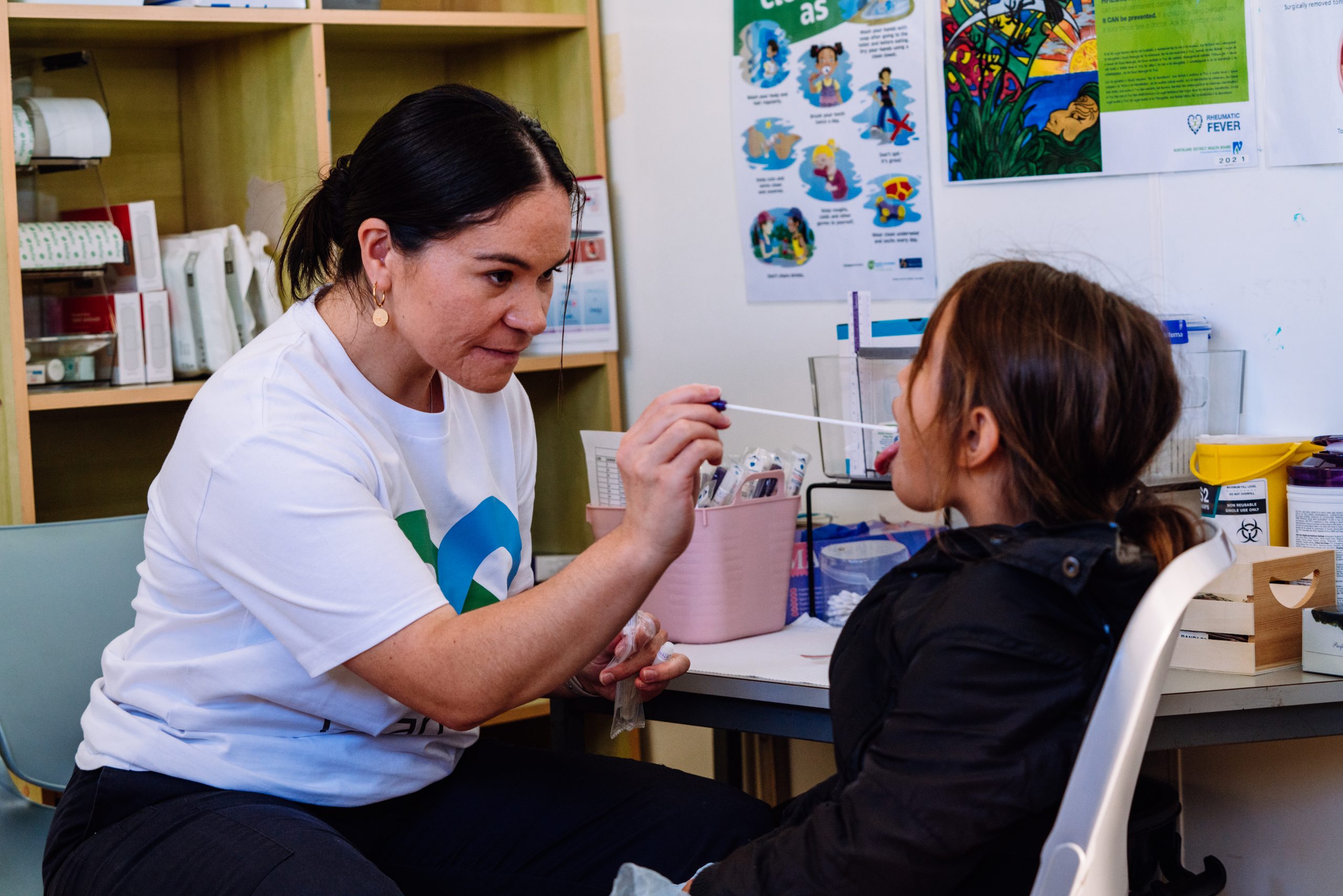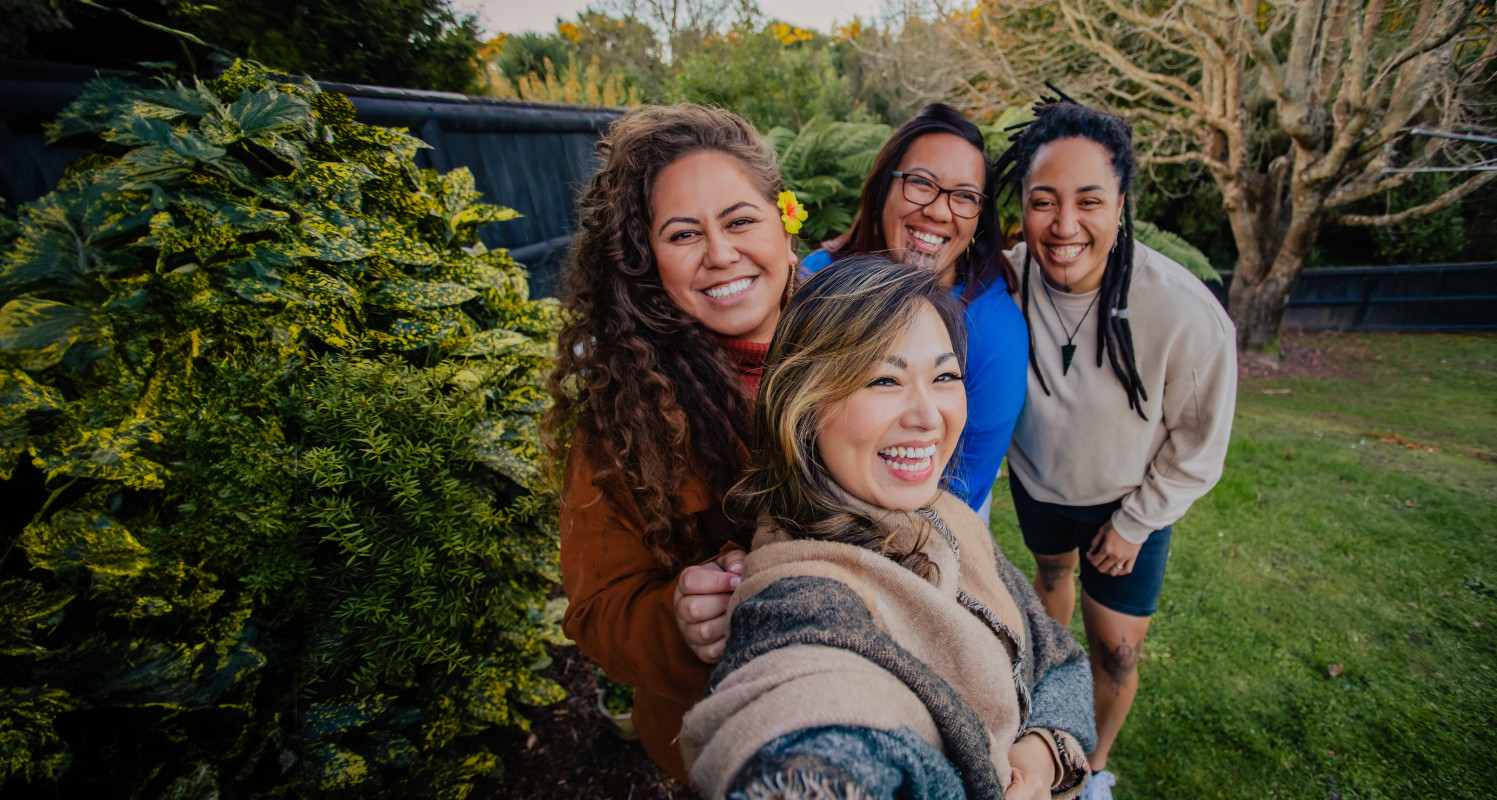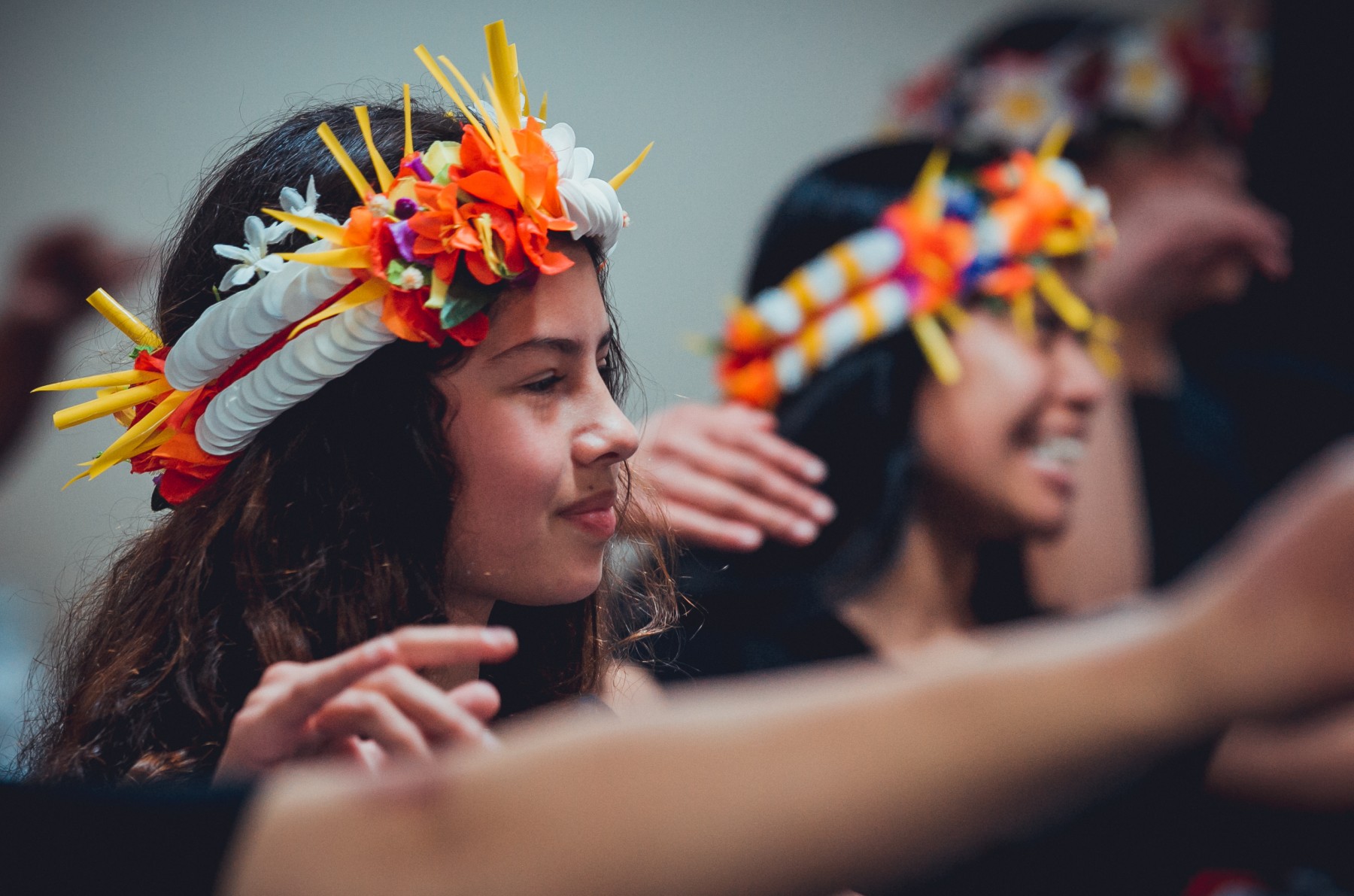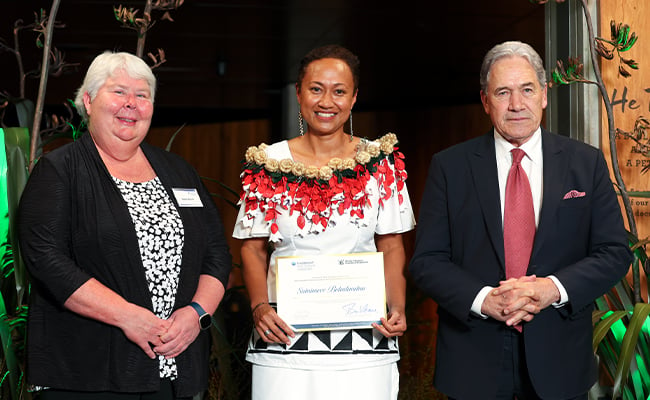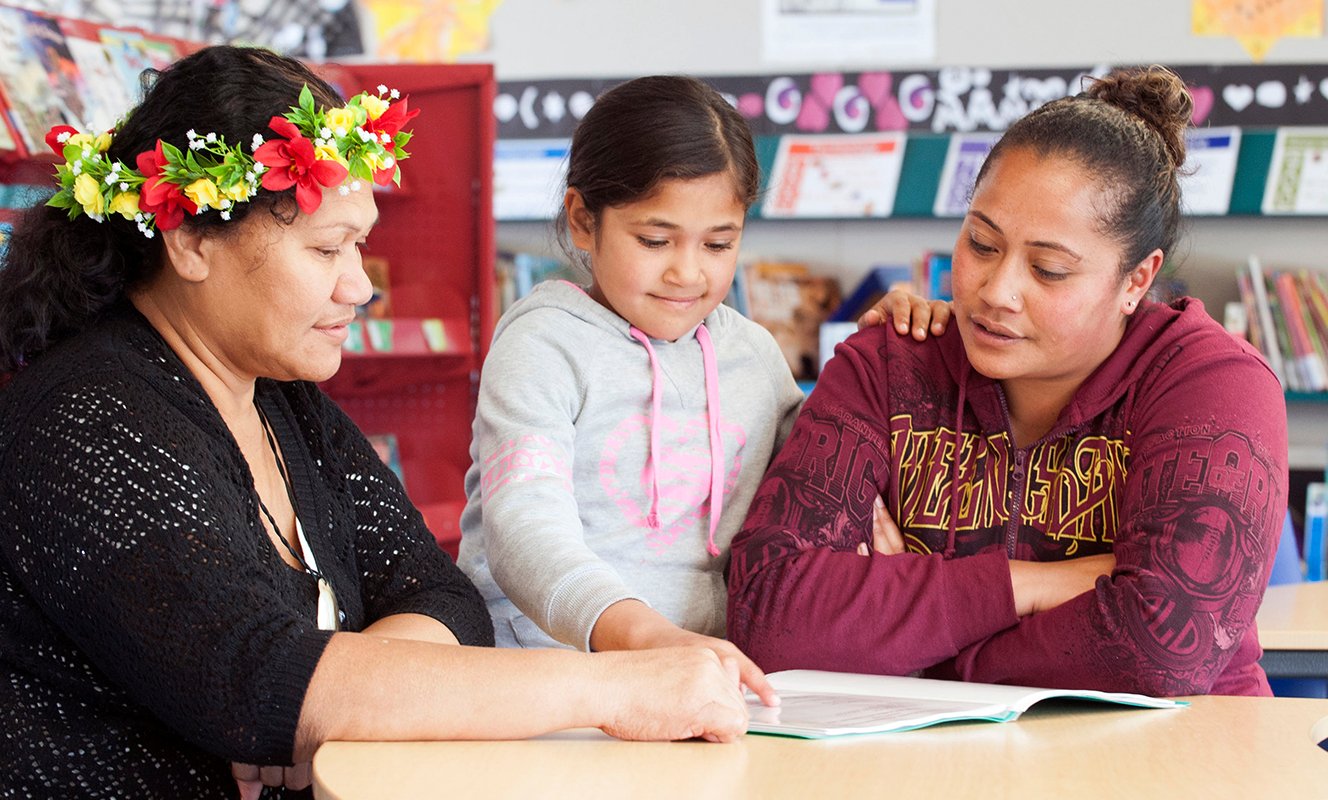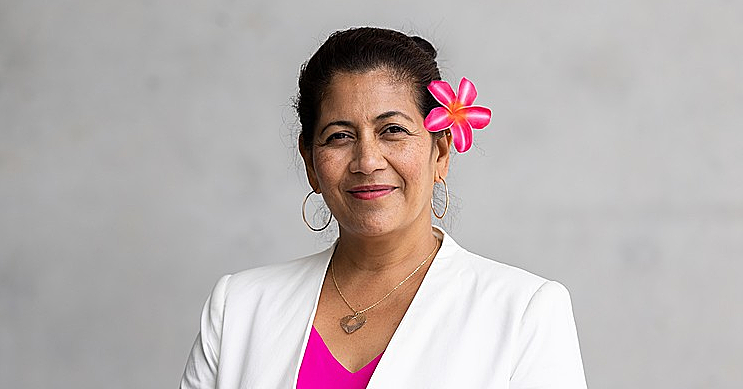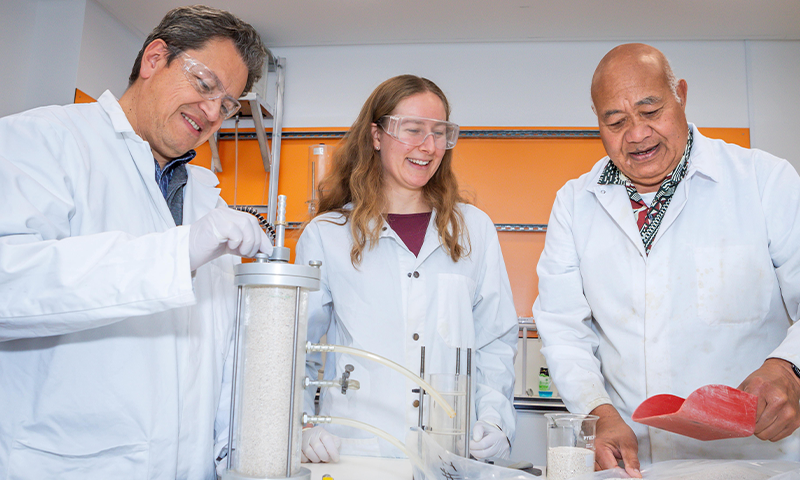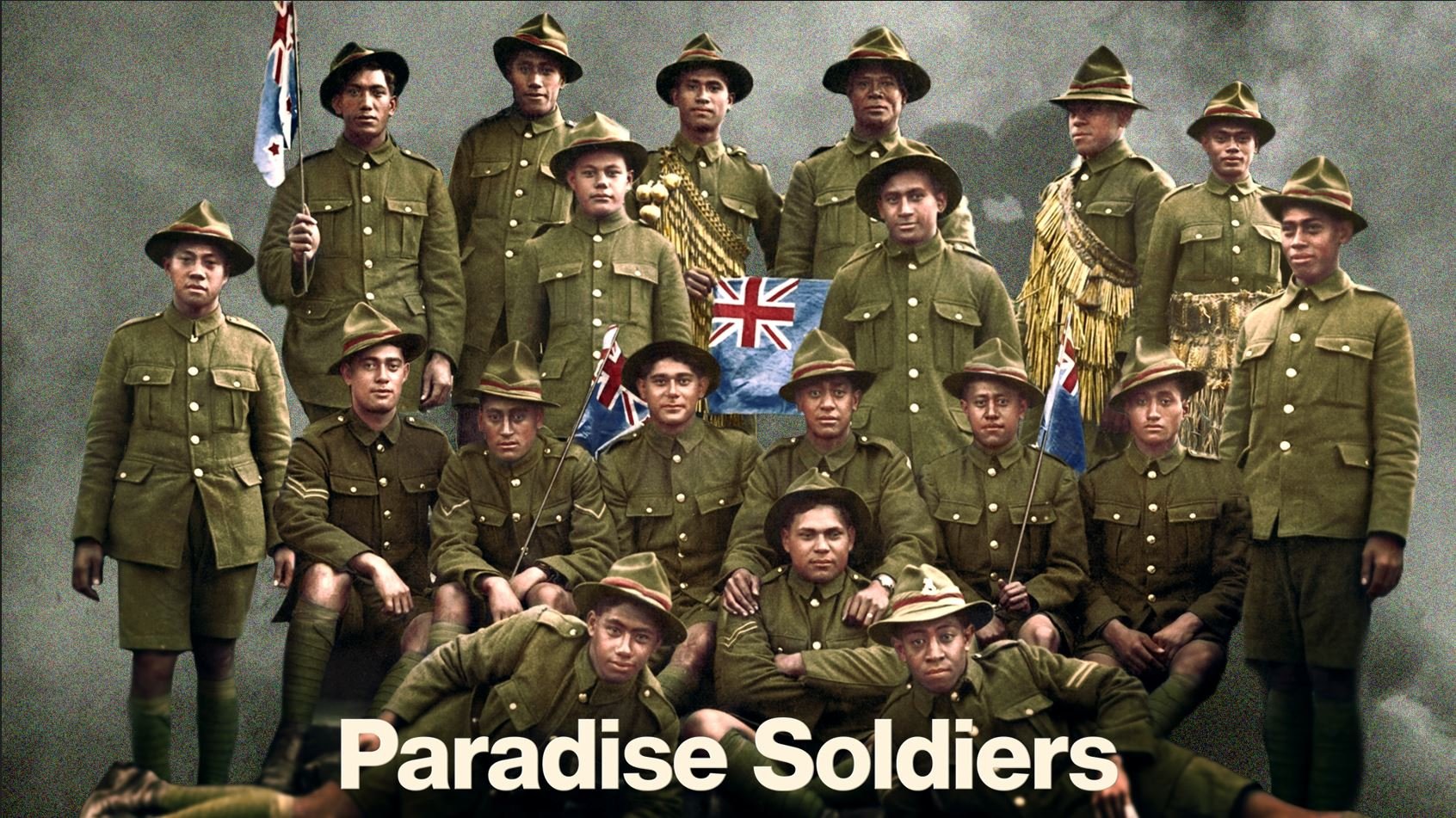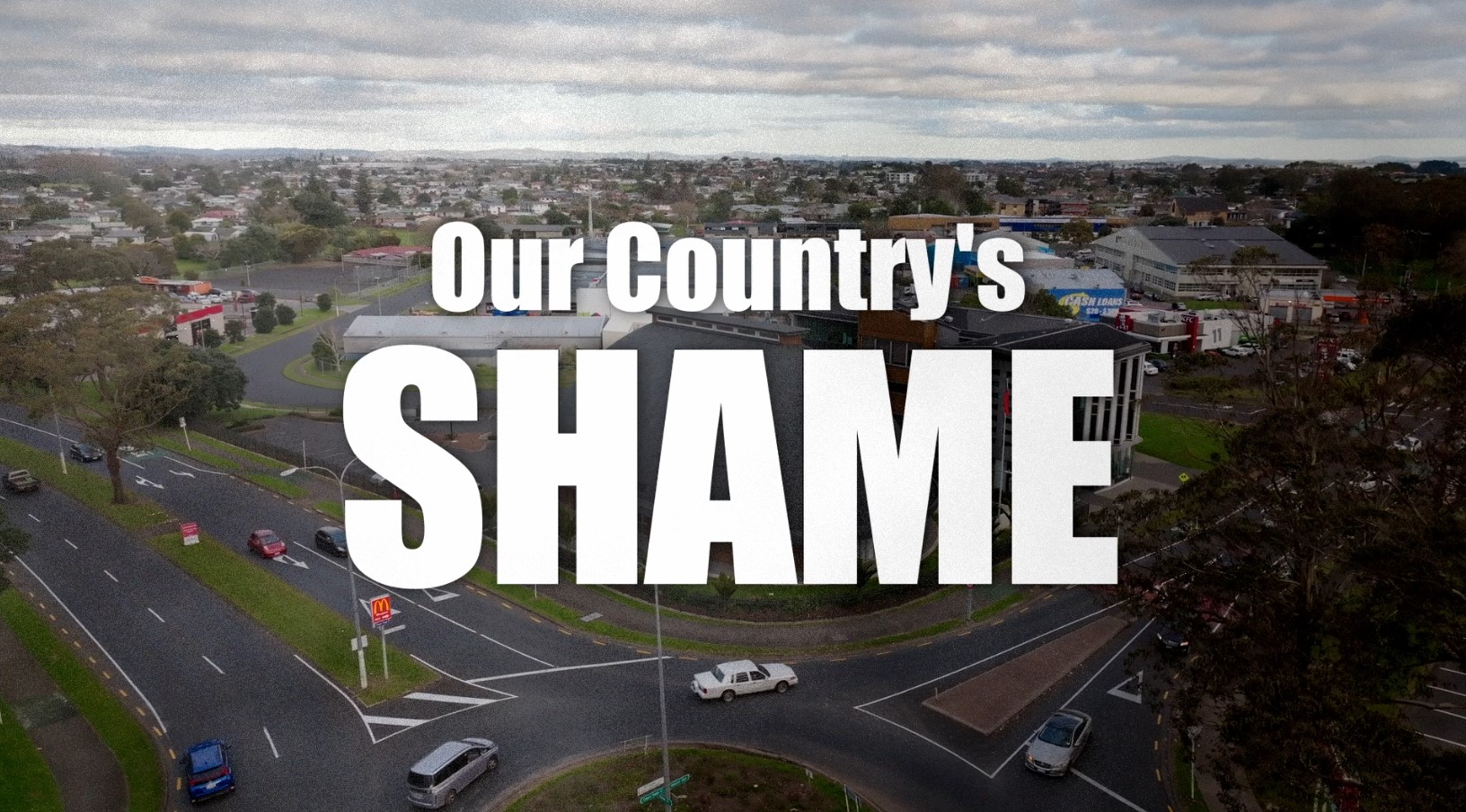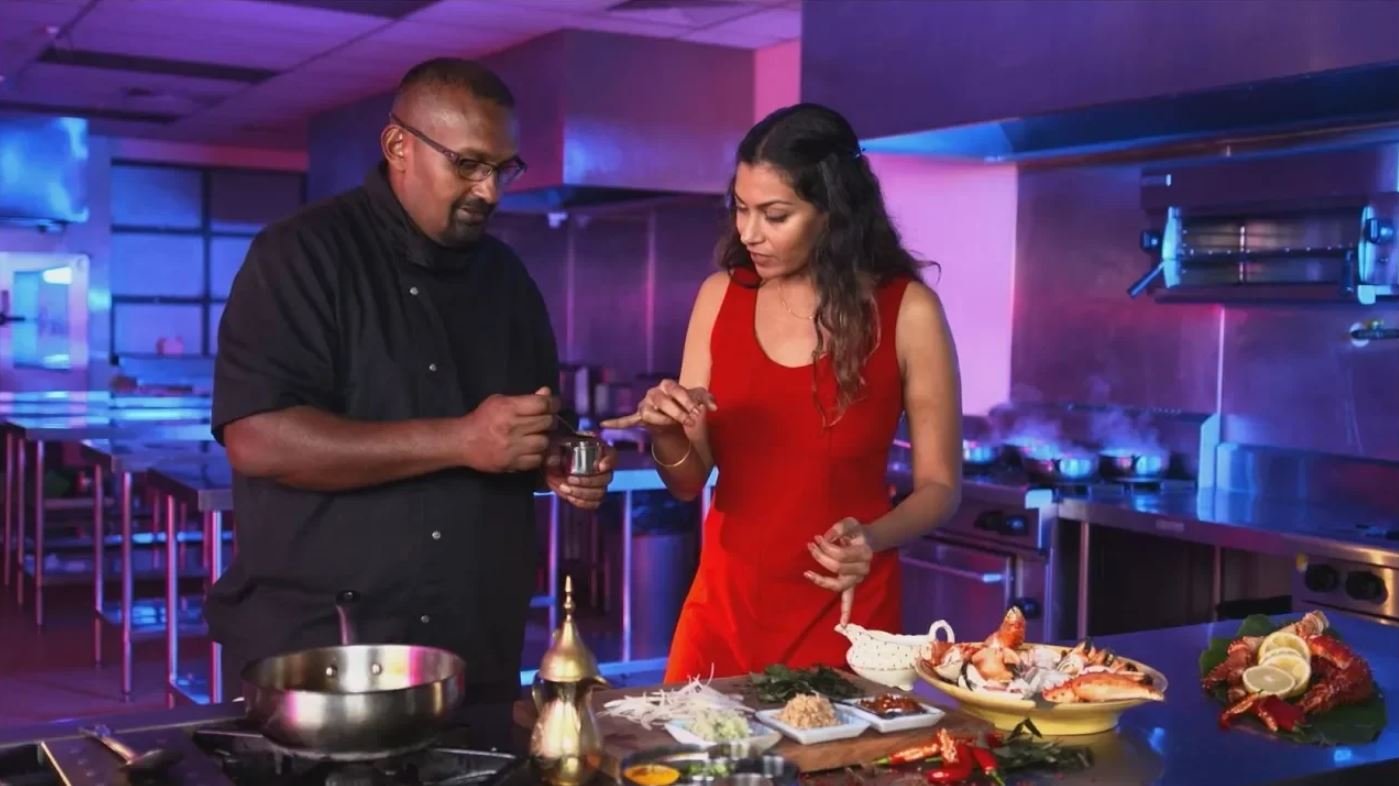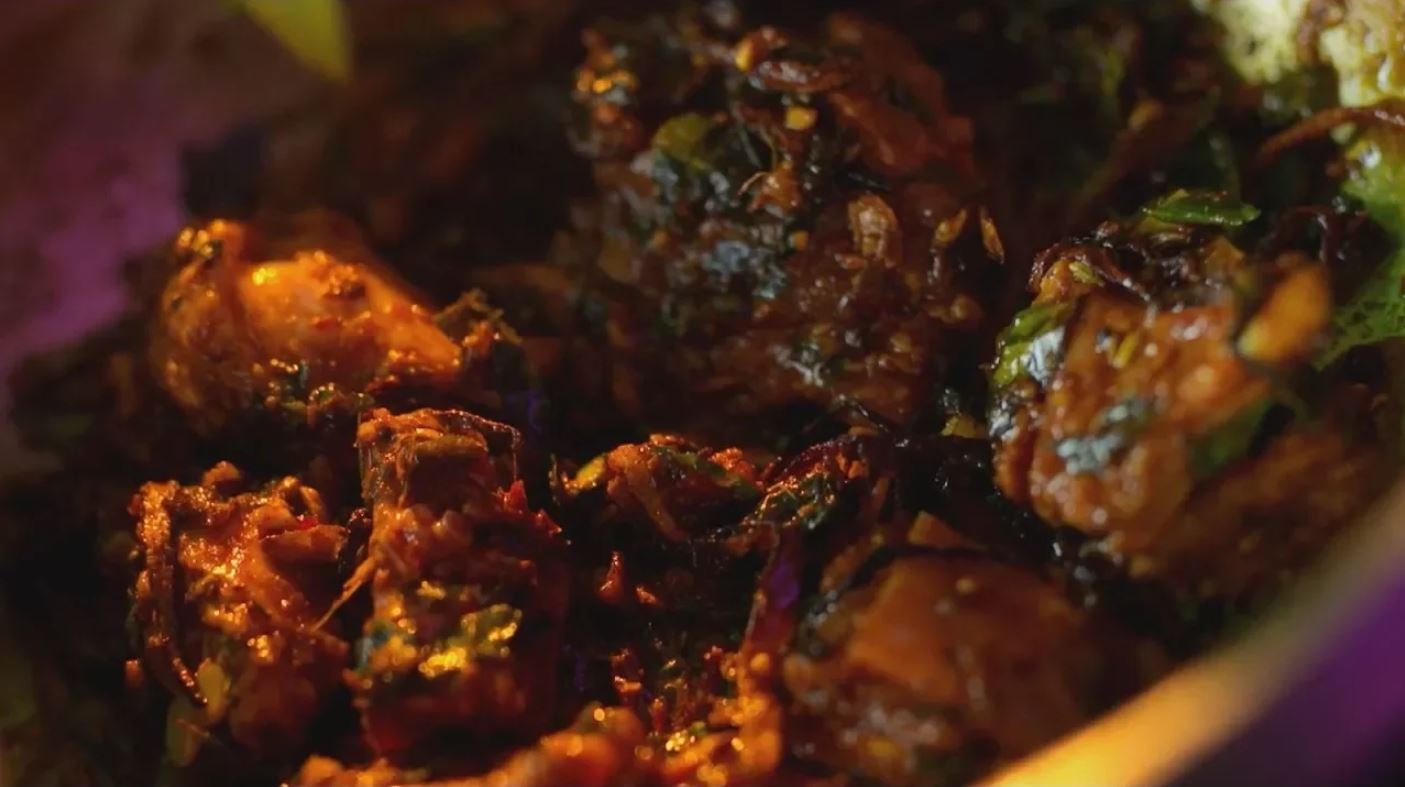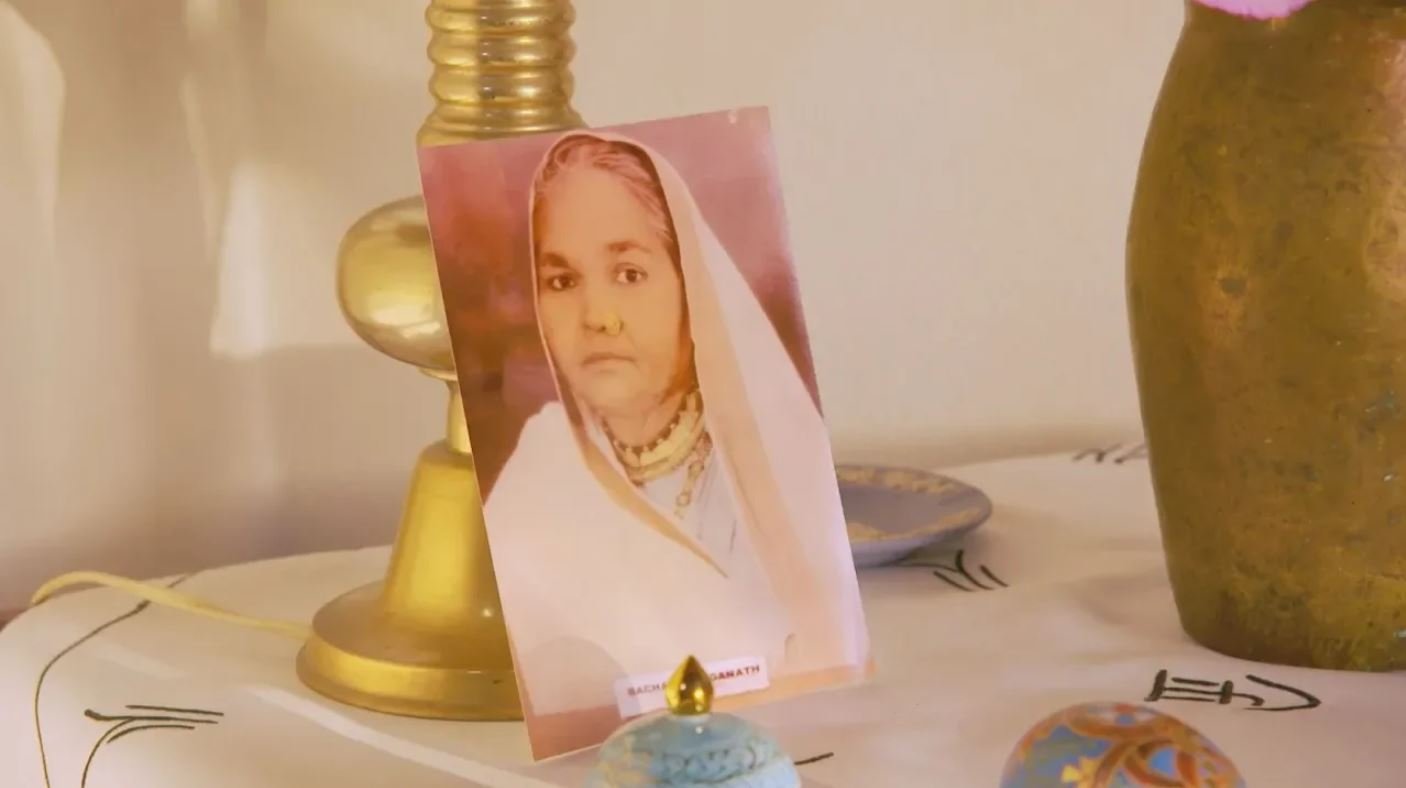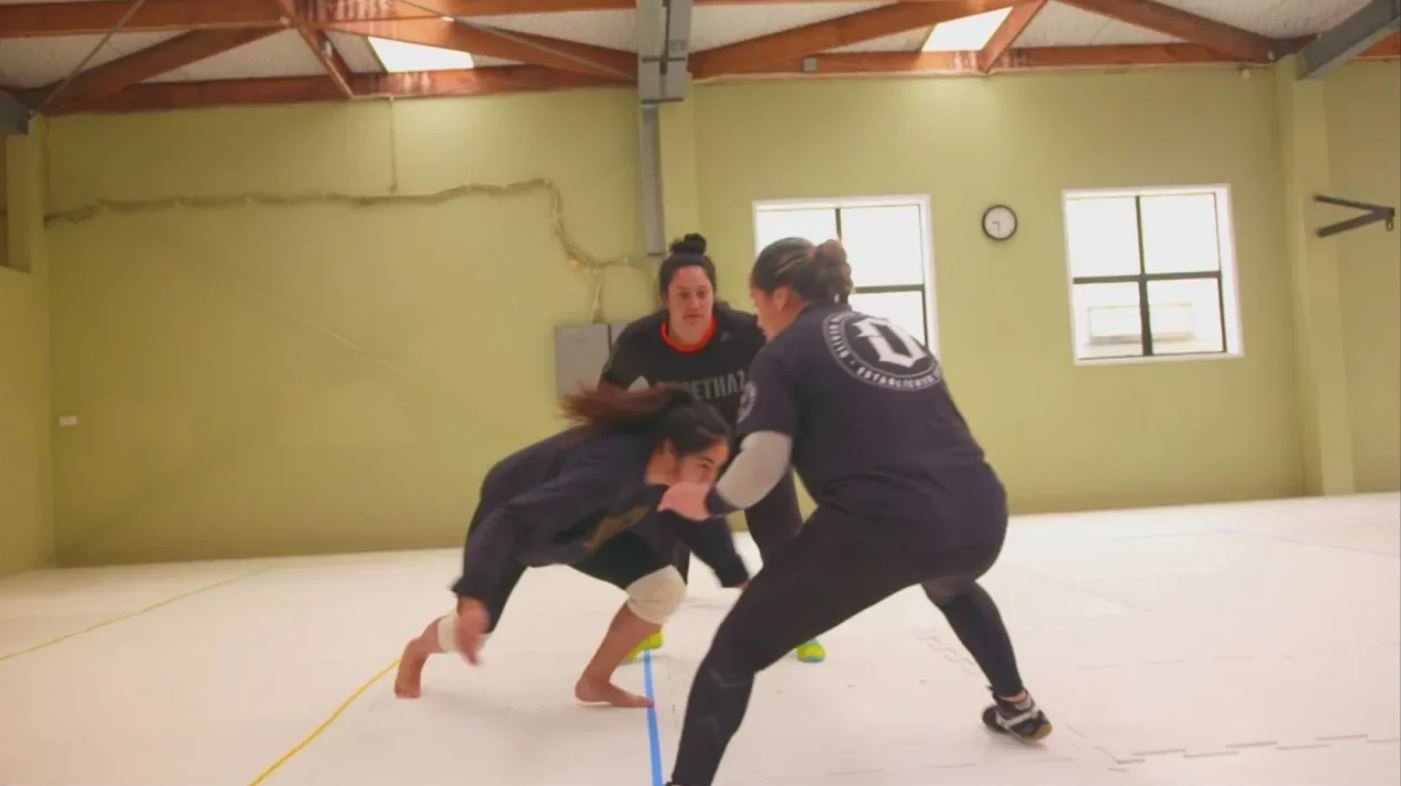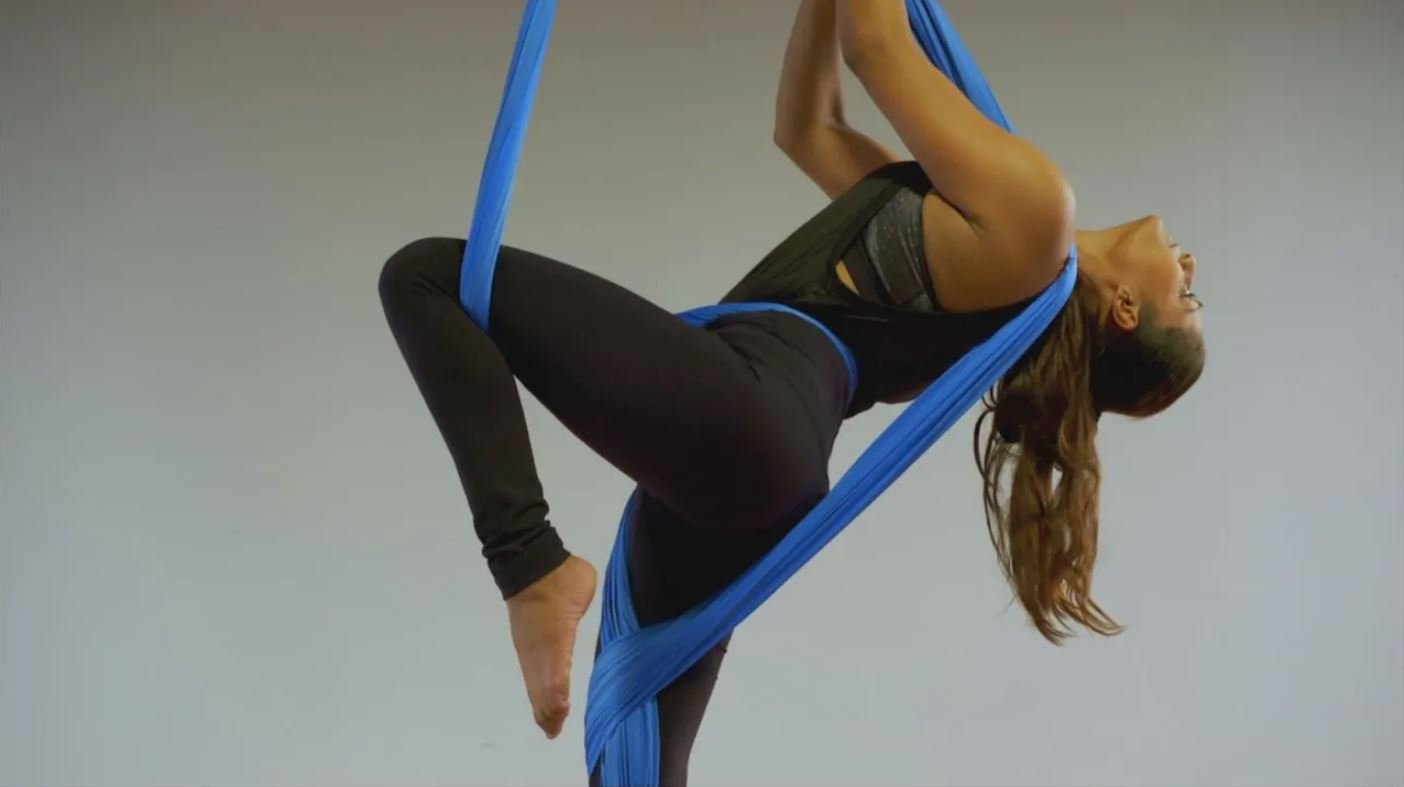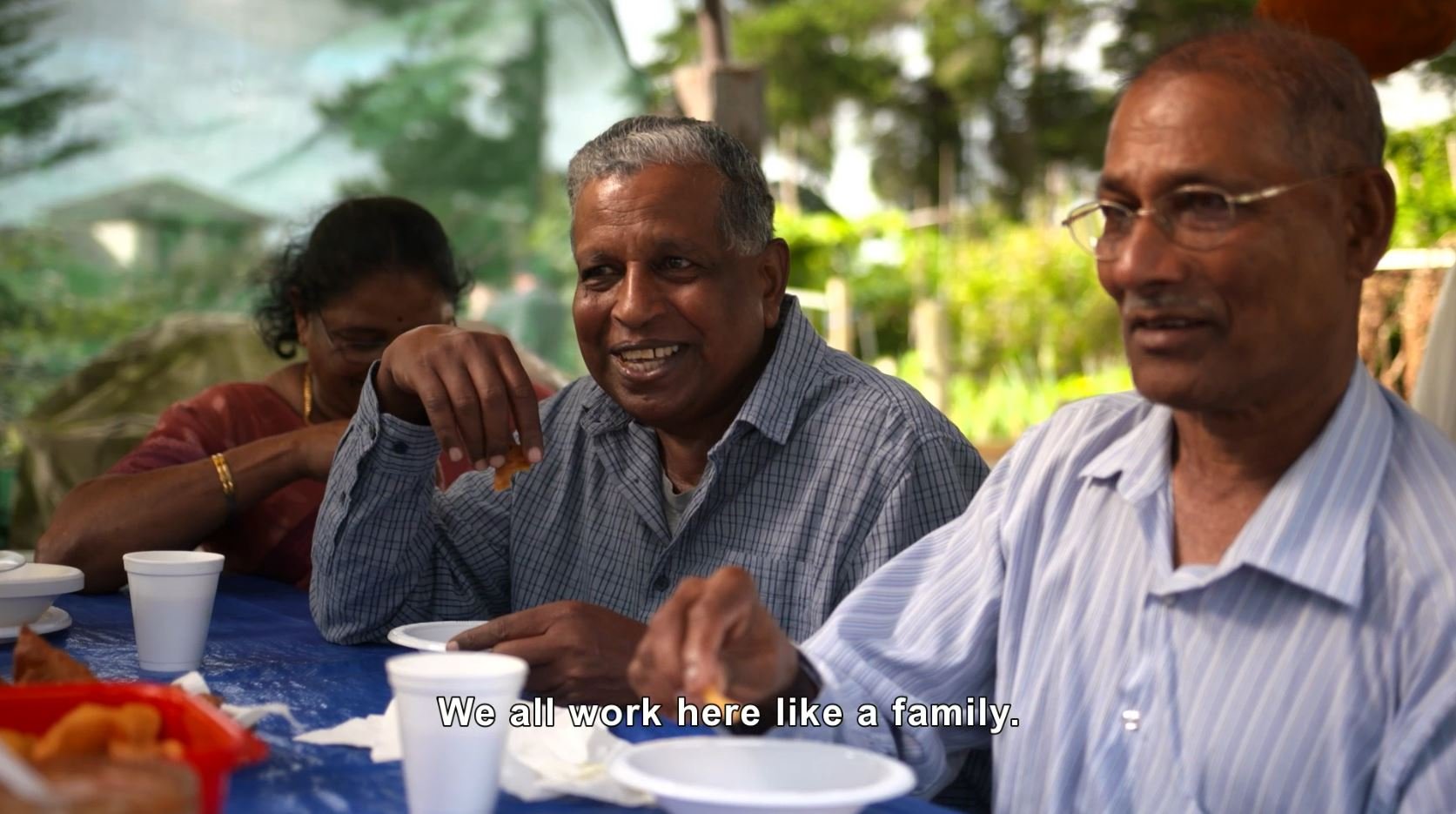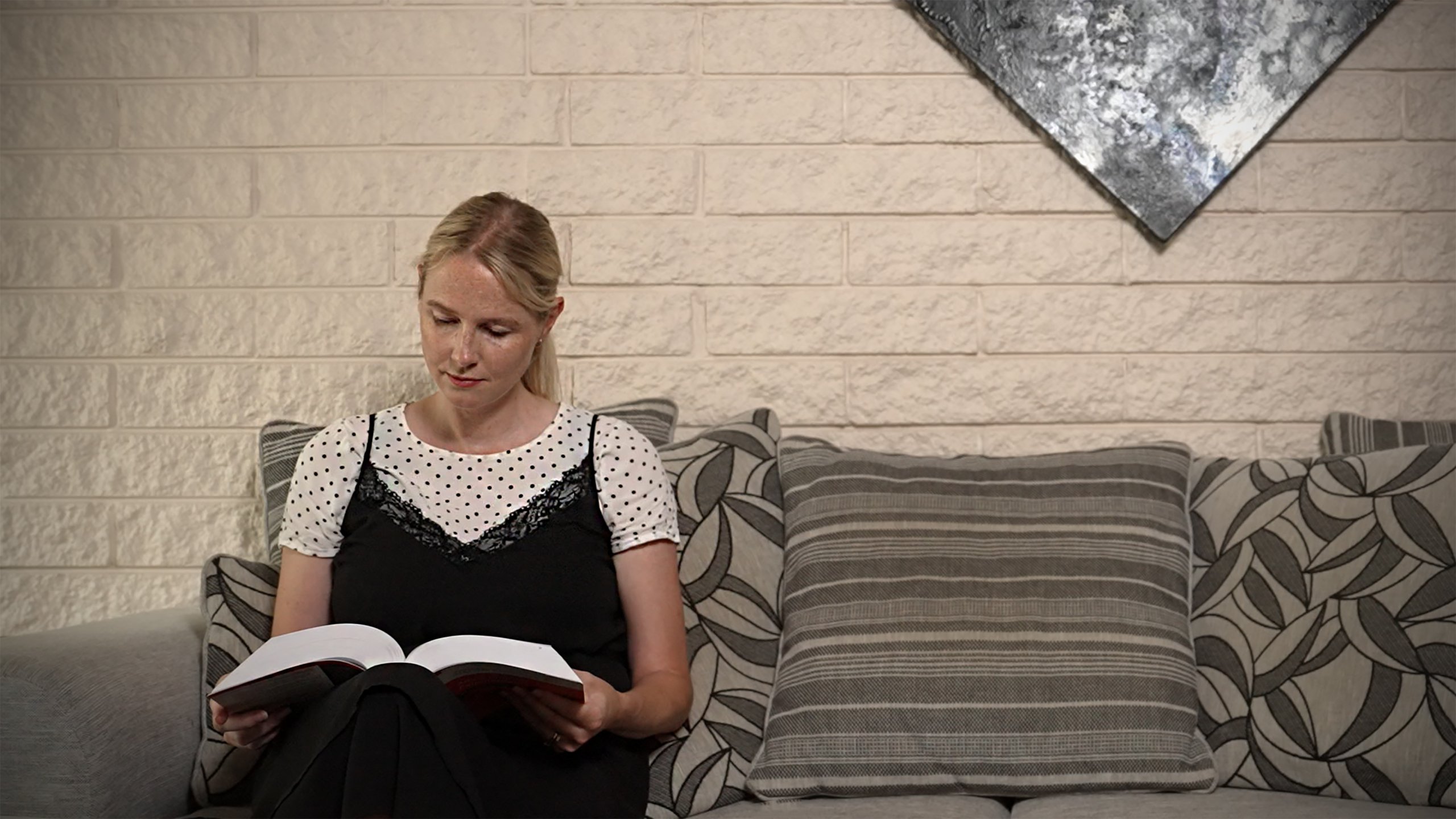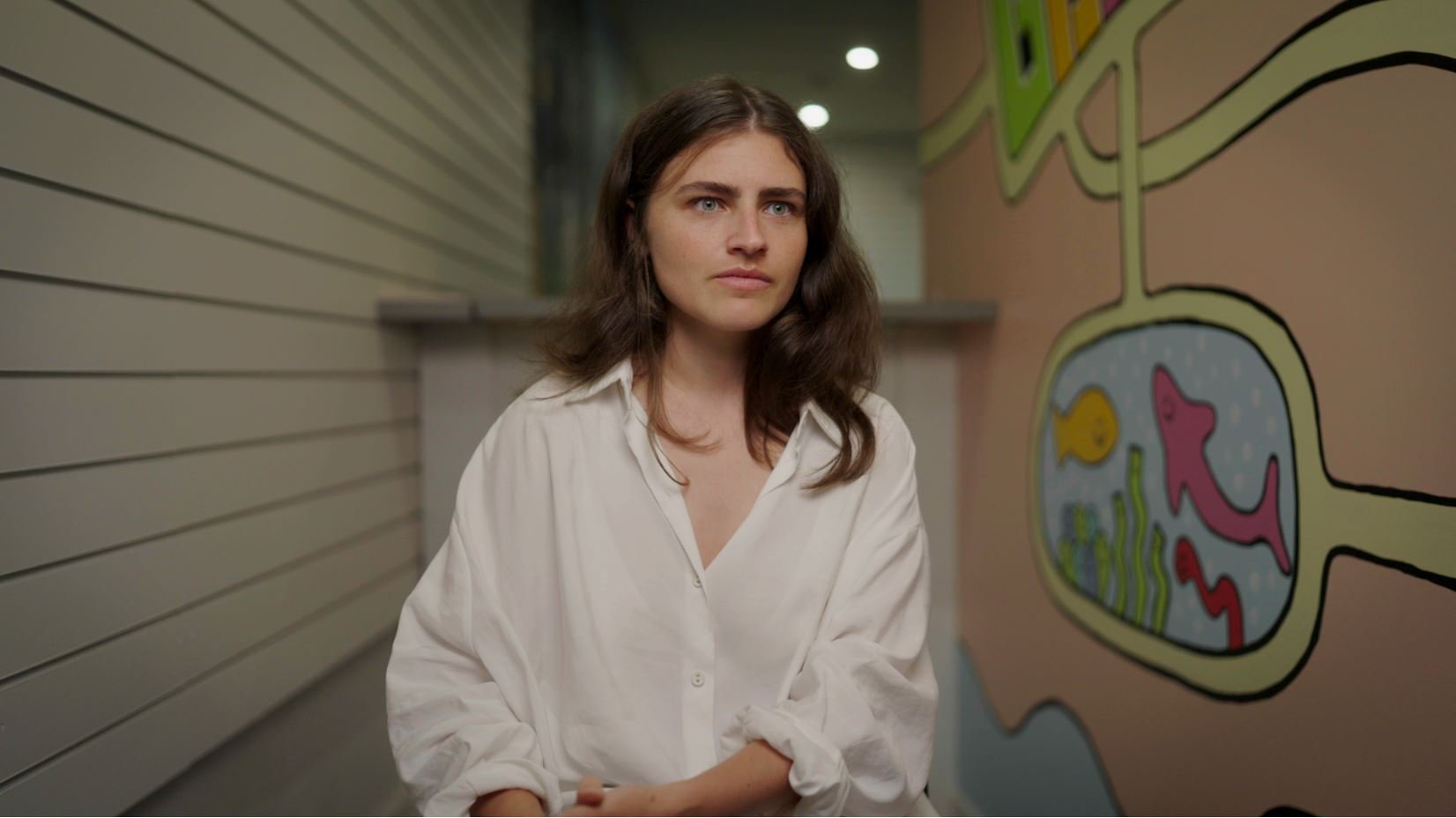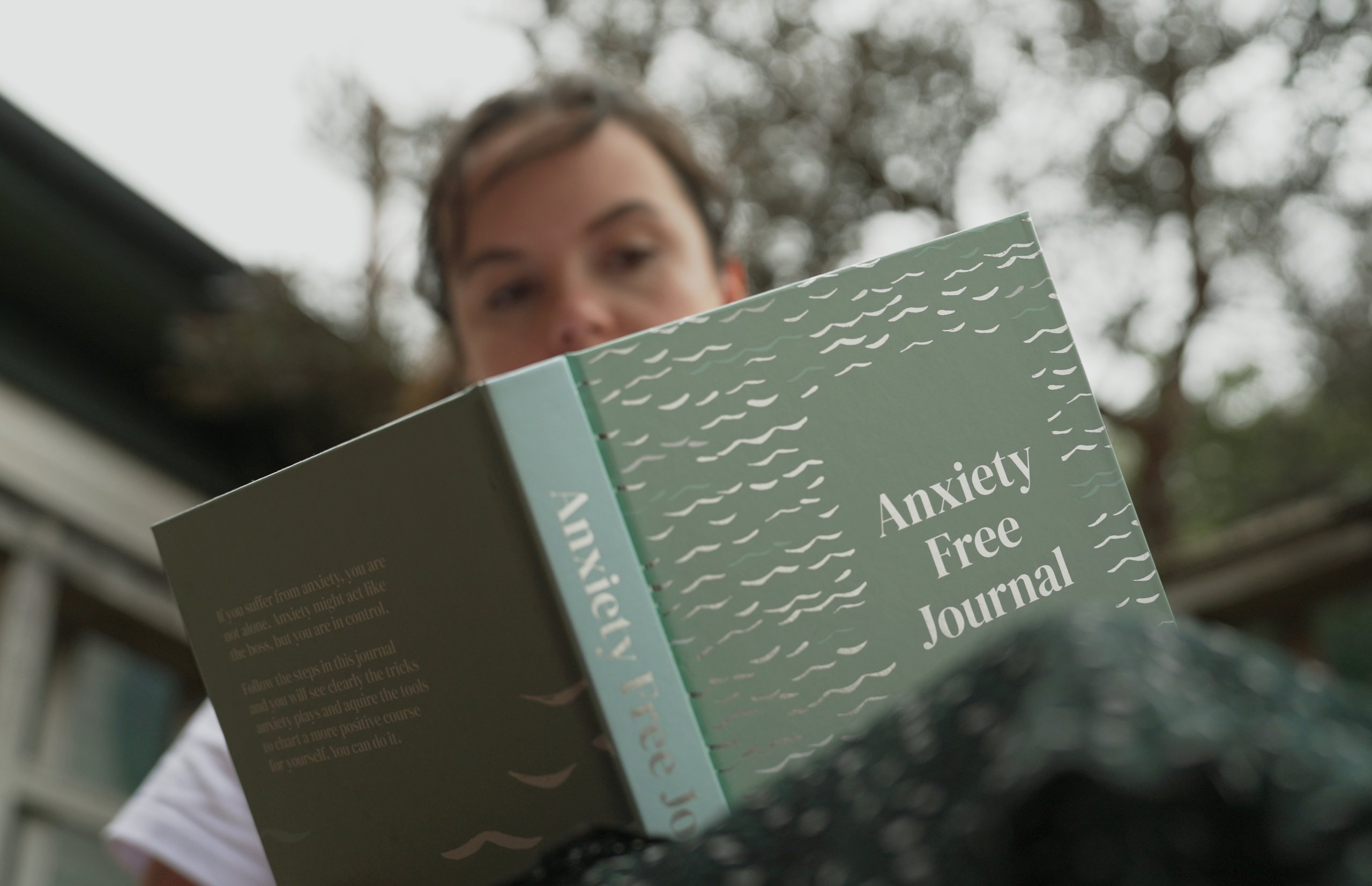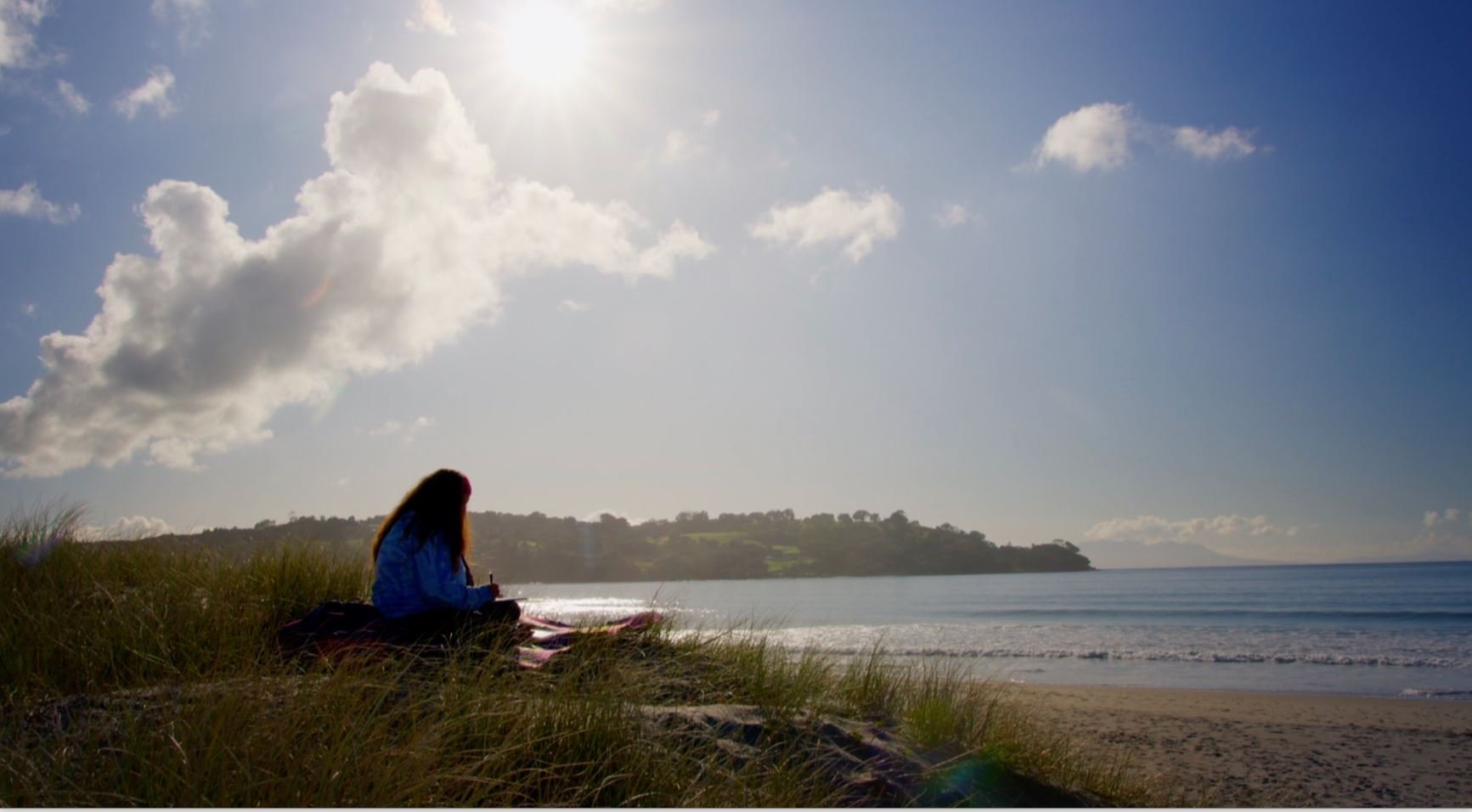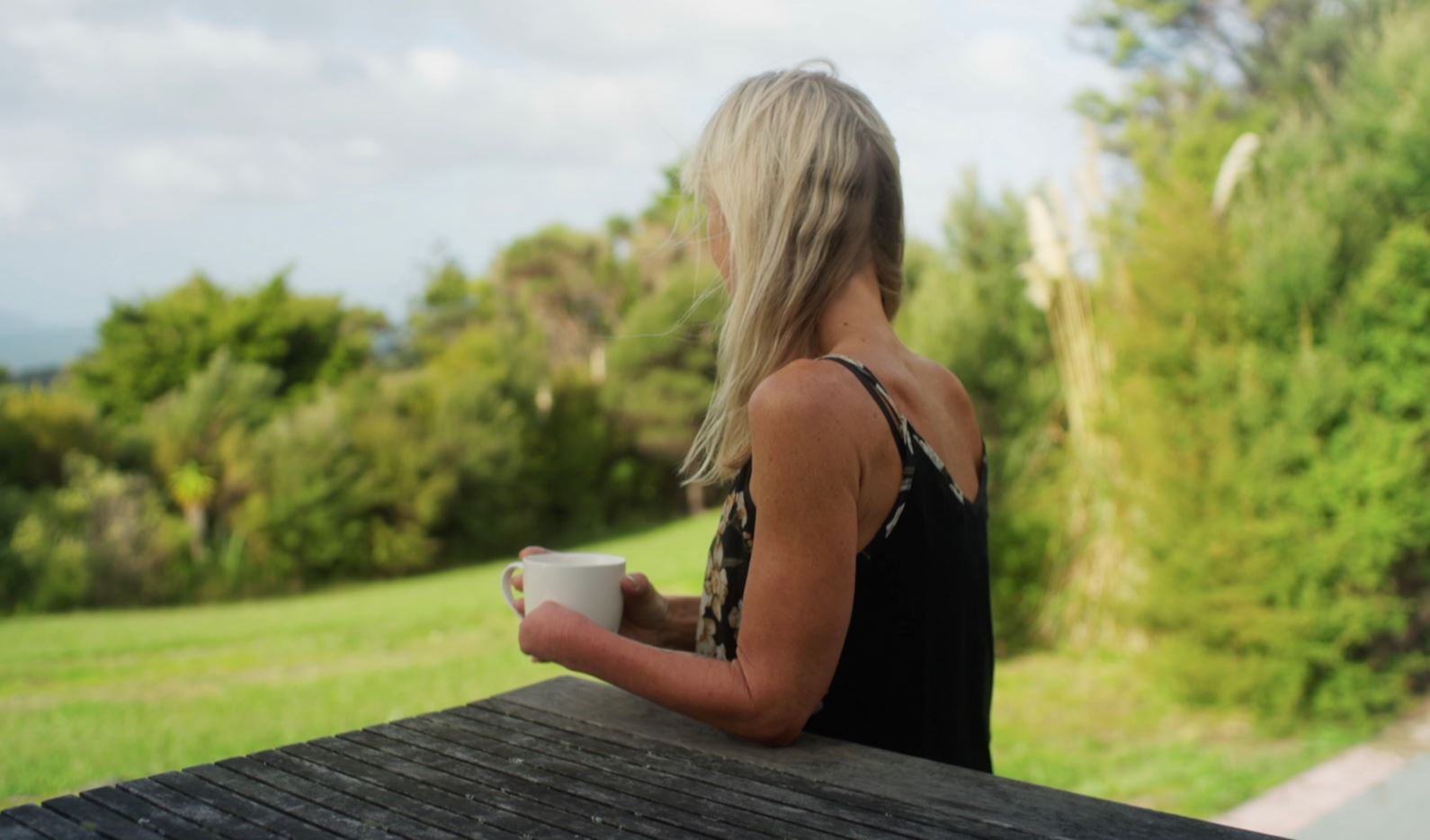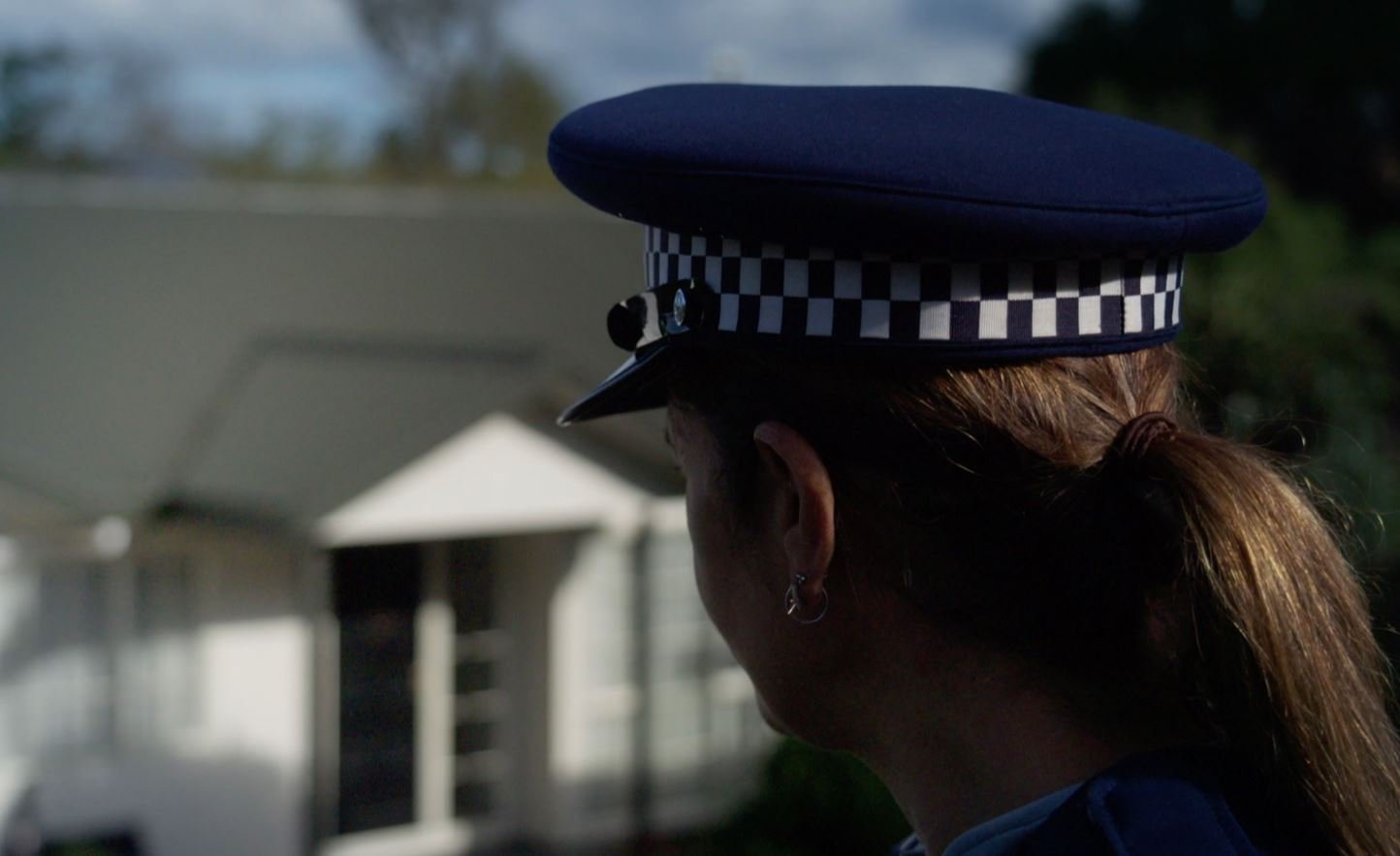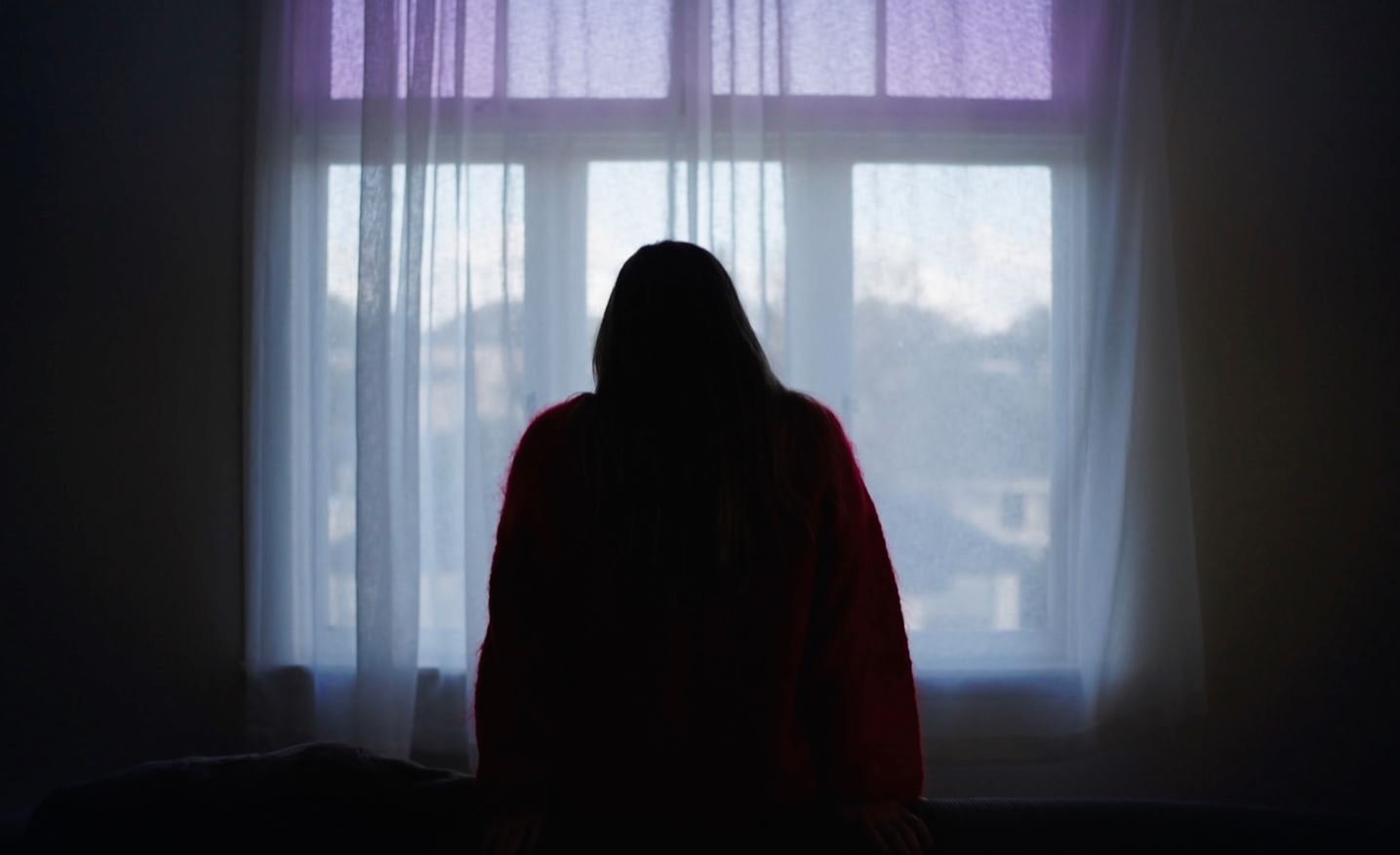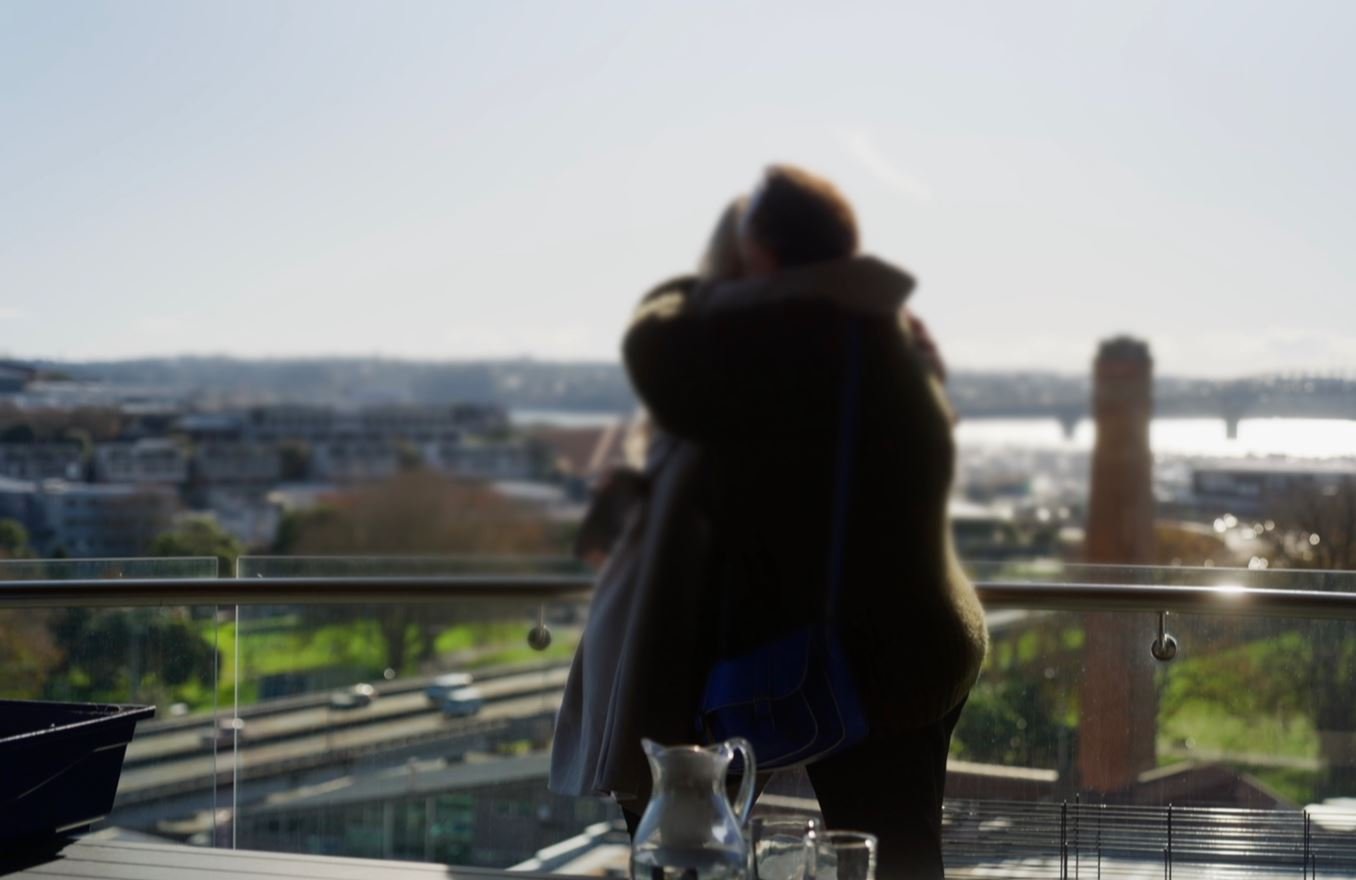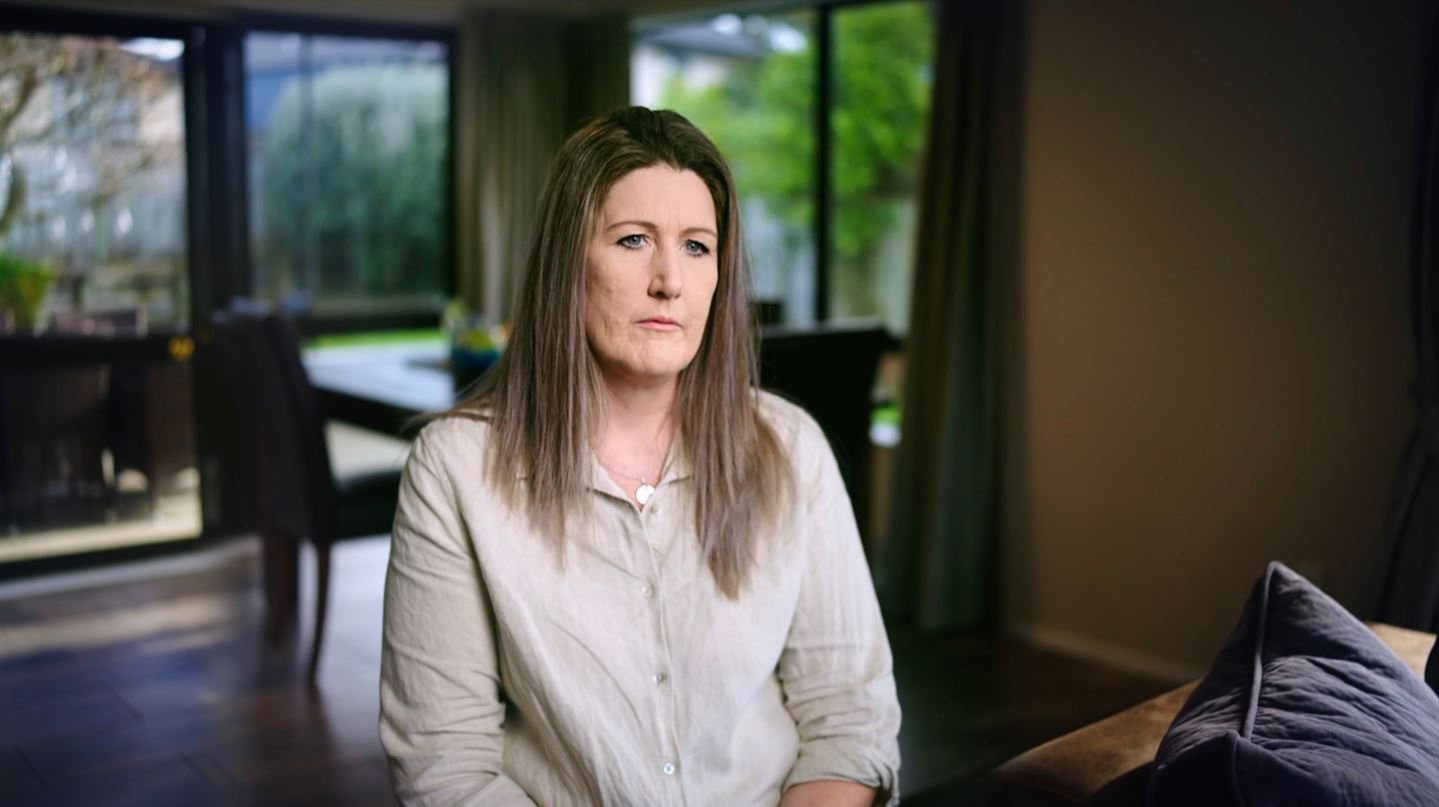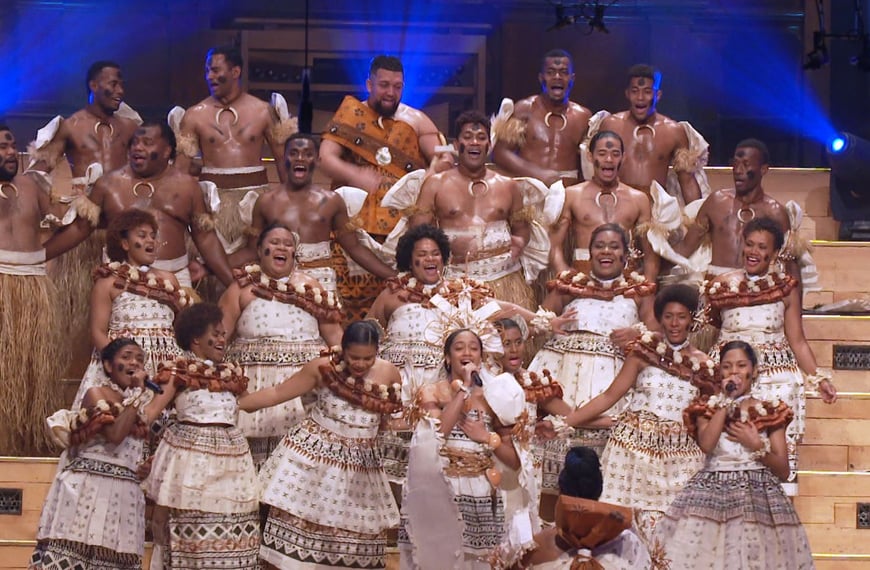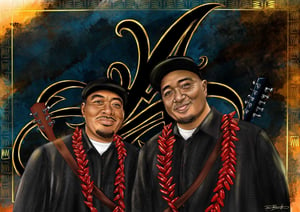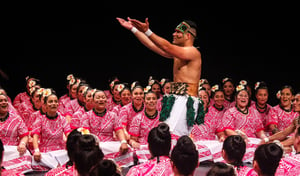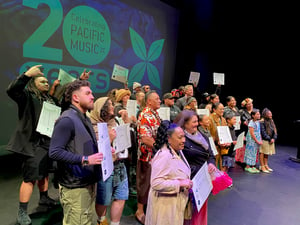Public Interest Journalism funded through NZ On Air
As the country celebrates Matariki this week, it beckons the question on whether the New Zealand population even realise the importance of this day. To most it is just a public holiday.
For Samoa, Tongan and Māori artist Siniva Williams, Matariki this year will take on a whole new meaning. Featuring at the Nga Whetu art exhibition at the Corban Art Estate in Auckland, Siniva’s work will feature alongside other pieces with the hope of educating the public on Matariki.
But it’s more than just public awareness for Siniva, as Matariki and the exhibition both have a personal connection for her. Identifying through her mixed pacific cultures, Siniva believes that she was always unaware of them through her upbringing.
“Because I looked palagi, we were raised palagi,” Siniva said.
“So we did not know much about our Tongan, Samoan or Māori heritage. I remember doing my paintings and I looked at them and knew they were similar to everyone else. Then I began to look more into my culture”.
Through her work, she was able to express herself as she set out to reconnect to her Pacific roots. Her featured art piece at the Nga Whetu was a portrait of her son she created during COVID lockdown. The portrait featured cultural Māori pieces highlighting its connection to her cultural background.
Her piece also explored the struggles she had culturally. Siniva hopes her son won’t go through this in his lifetime. As he learns about his family lineage, Siniva hopes that Matariki can also be something she can teach to her son through her artwork.
Although it is associated mainly with the Māori culture, Siniva believes that other Pacific cultures should take the opportunity to learn more about Matariki and its importance across the ocean.
“When we’re talking about Matariki, we are talking about our ancestors and what they did back in the day. We must make sure to celebrate our past and future” Siniva said.
“When you think about the stars (Matariki), you think about how our ancestors used the stars and you know the different phases of the moon showing ways of travelling and even how to make their kai”.
With her artwork, Siniva also conducted her own research into the cultural tie Matariki has across the Pacific. She read upon the words of Tongan researcher/author Tevita Kaili who drew the similarities of Matariki through the islands.
“For Tonga, Niue, Tokelau and Tuvalu it is known as Mataliki. With Samoa it is called Mataali’i and the Cook Islands having the same name as Māori with Matariki. So again with these interconnective histories with our family not just in our Māori but also Pasifika family as well”
As the celebrations continue and the Nga Whetu exhibition carries on for the month, Siniva has high hopes on making sure that people are well aware of the importance of Matariki but also to be educated on why it is important.
As she teaches her son his cultural roots through her artwork, she says that today’s generation should also be taught on why Matariki is important and its value to the Pacific.
“I was not told oh you’re Tongan or you’re Māori growing up. So that’s why with my son I make sure he acknowledges all his cultures”.
“I know that a lot of us didn’t learn it in school which is why I am very happy that they are teaching it to our children now. Just finding your ways like going back to your family having that good korero and talanoa and just sitting down and making these memories because our children will grow up and they will remember these memories.”
